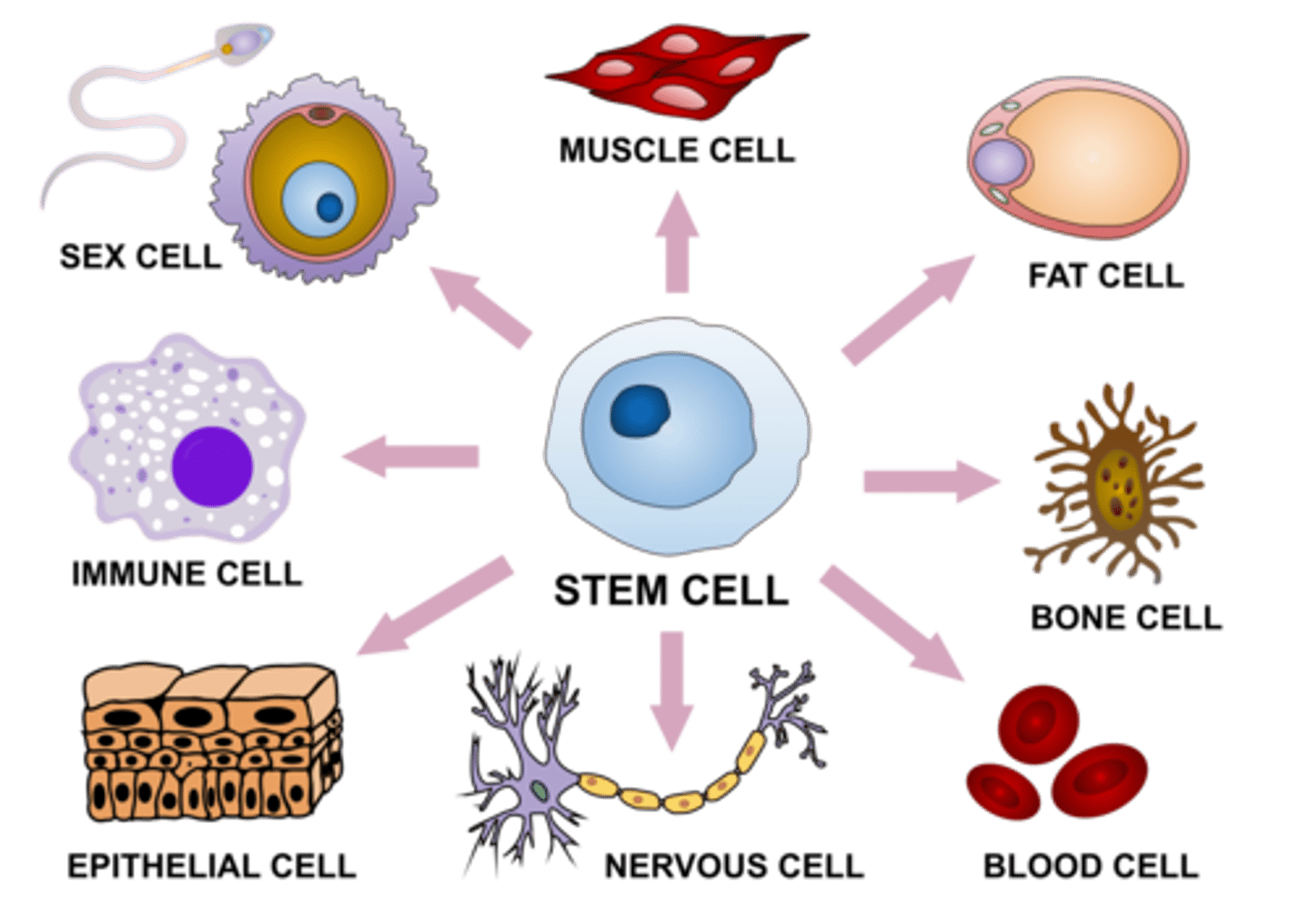grade 10 science Biology unit
1/81
There's no tags or description
Looks like no tags are added yet.
Name | Mastery | Learn | Test | Matching | Spaced |
|---|
No study sessions yet.
82 Terms
prokaryotic cell
A type of cell lacking a membrane-enclosed nucleus and membrane-enclosed organelles; found only in the domains Bacteria and Archaea.
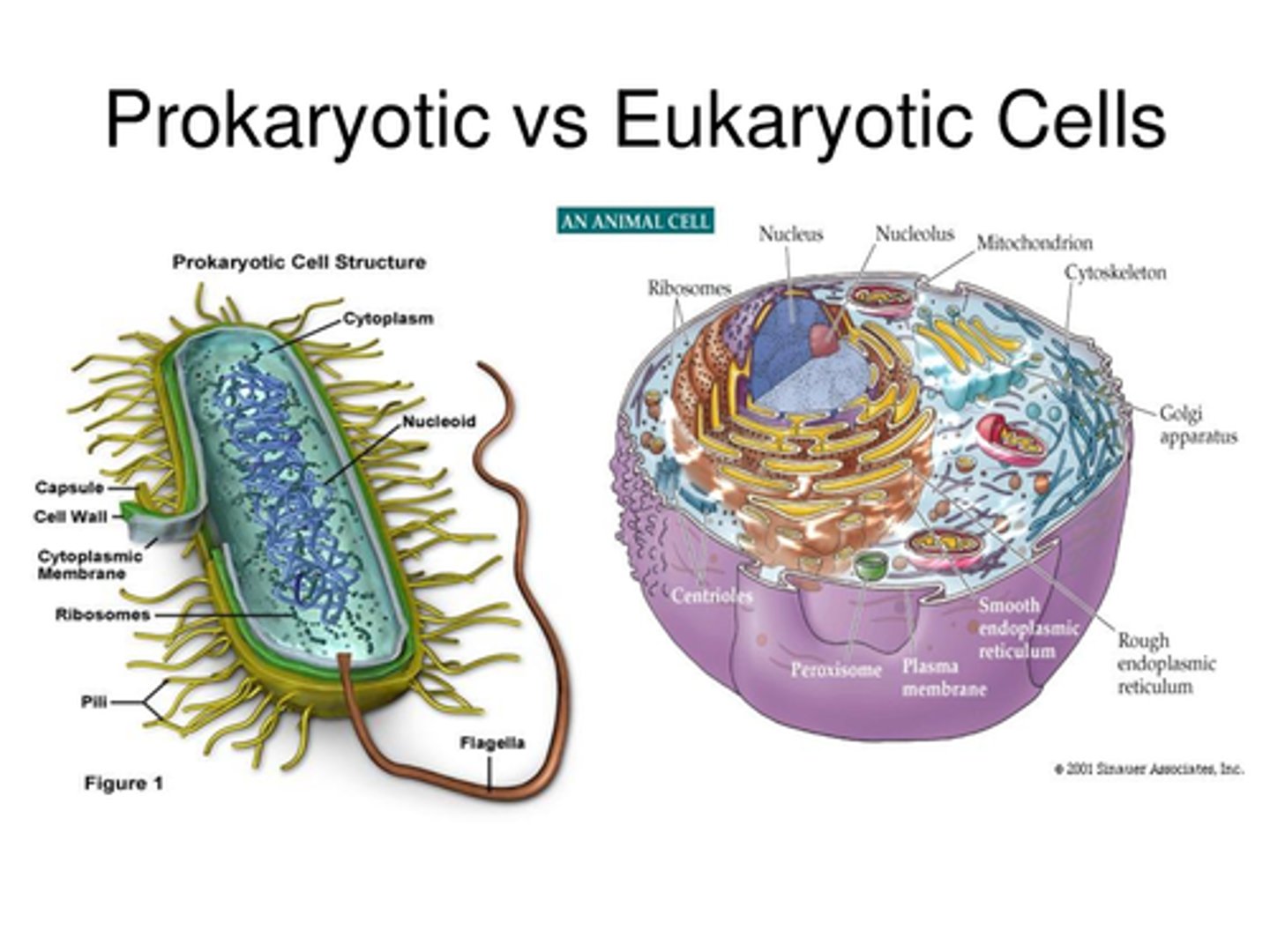
Eukaryotic cells
Contain a nucleus and other organelles that are bound by membranes.
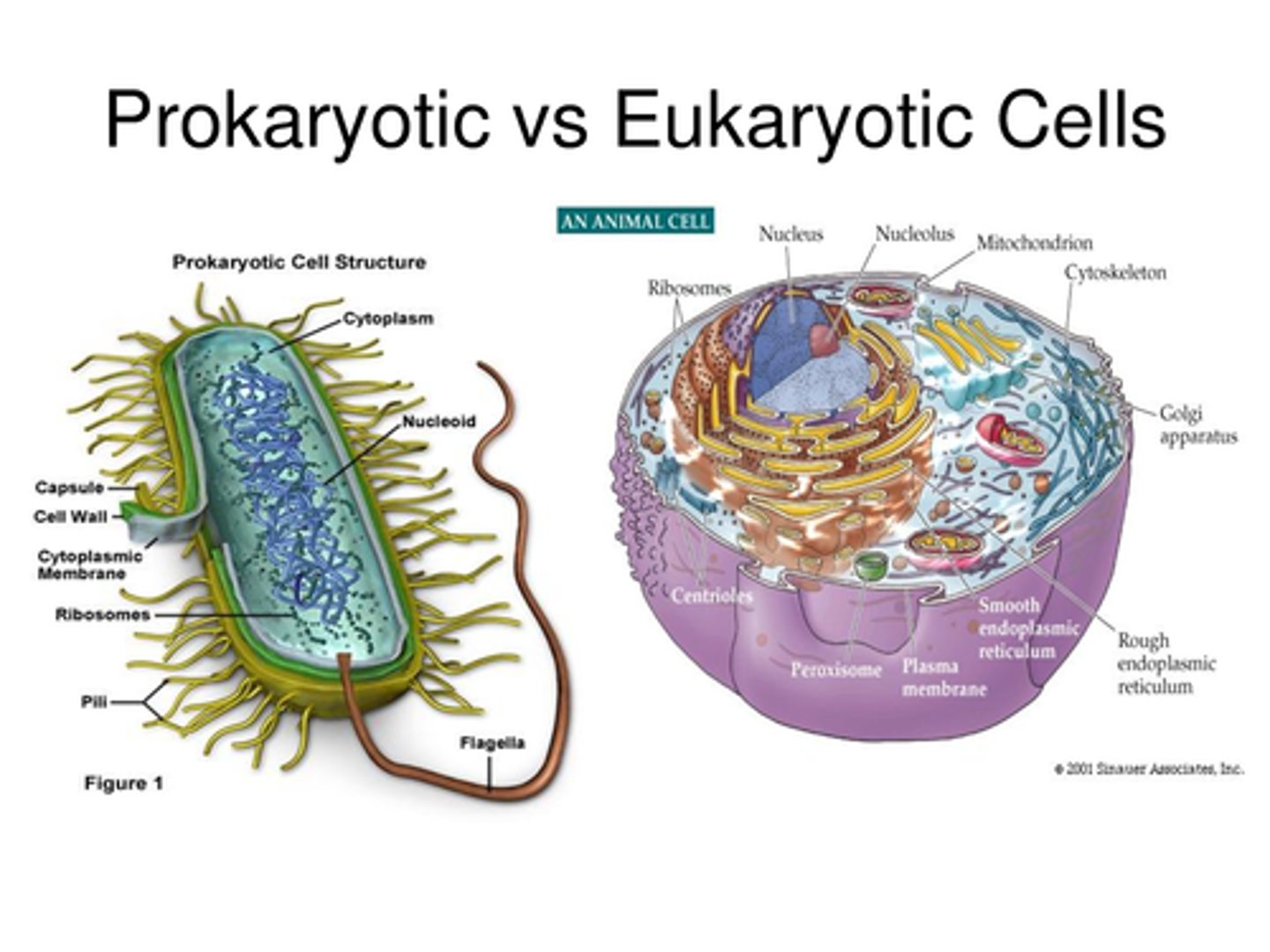
Cell theory states
All living things are made up of cells, cells are the basic units of structure and function in living things, new cells are produced from existing cells
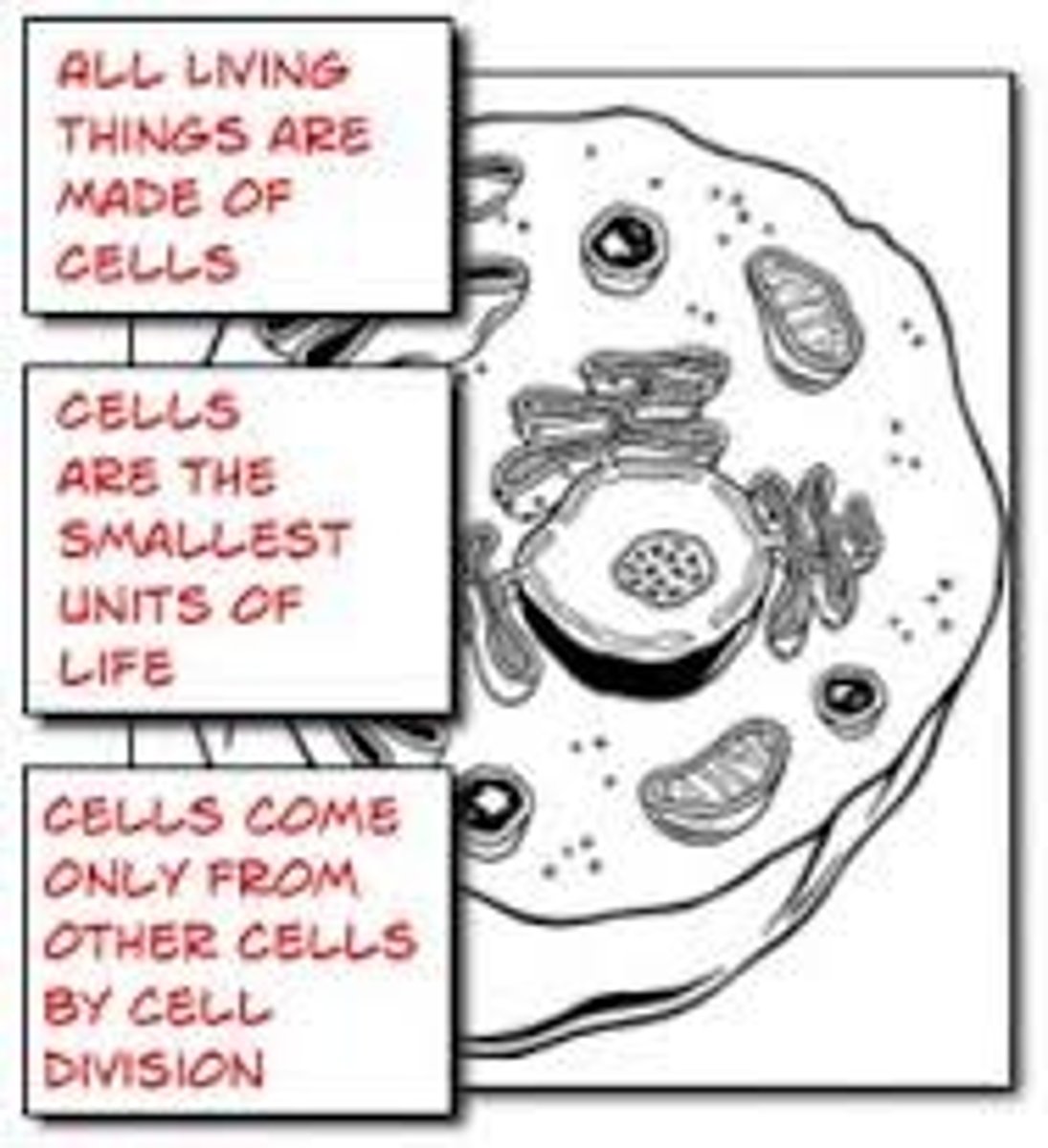
Plant cells have
chloroplasts, cell wall, large central vacuole
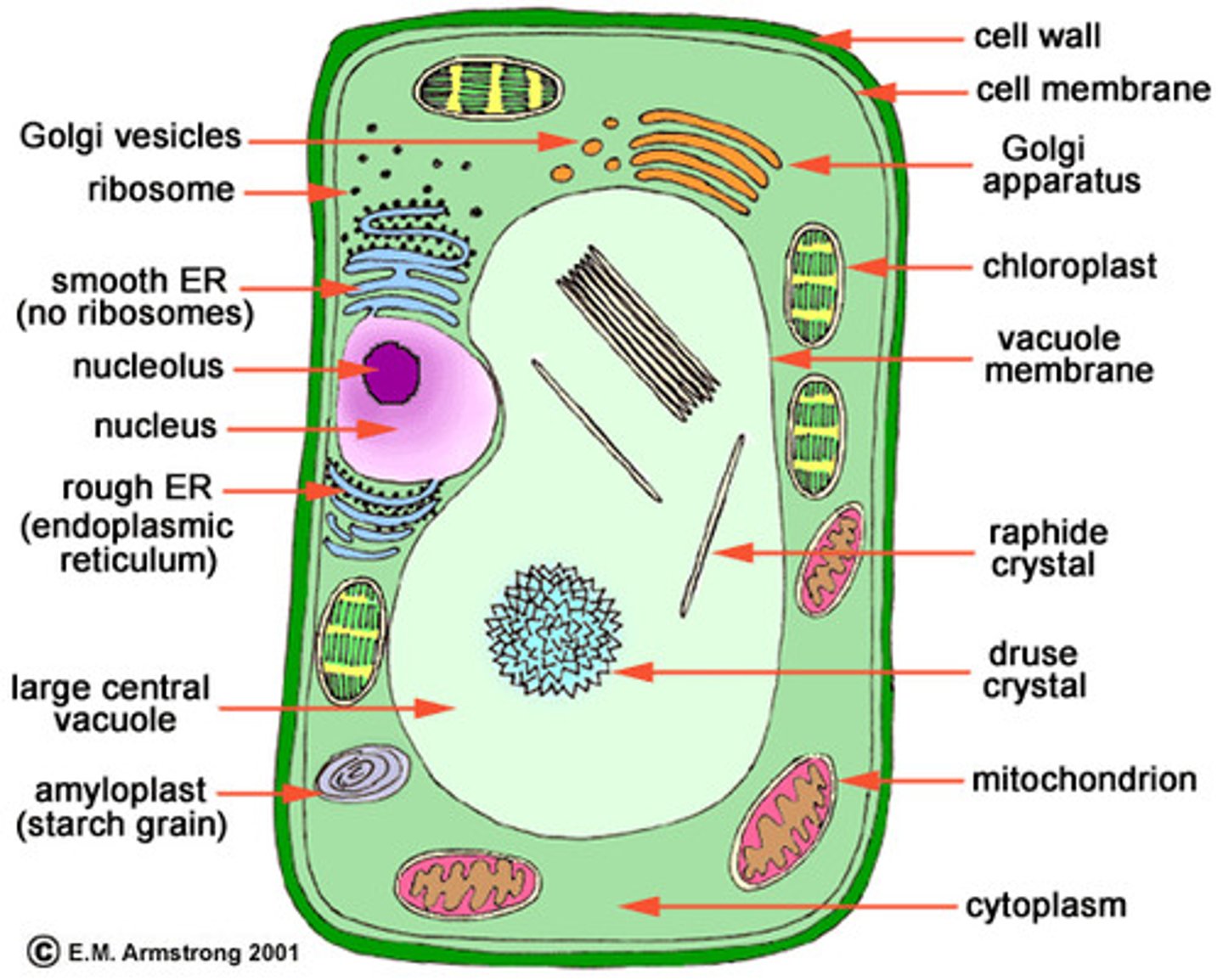
Types of microscopes
light microscope and electron microscope
Actual image formula
see photo image
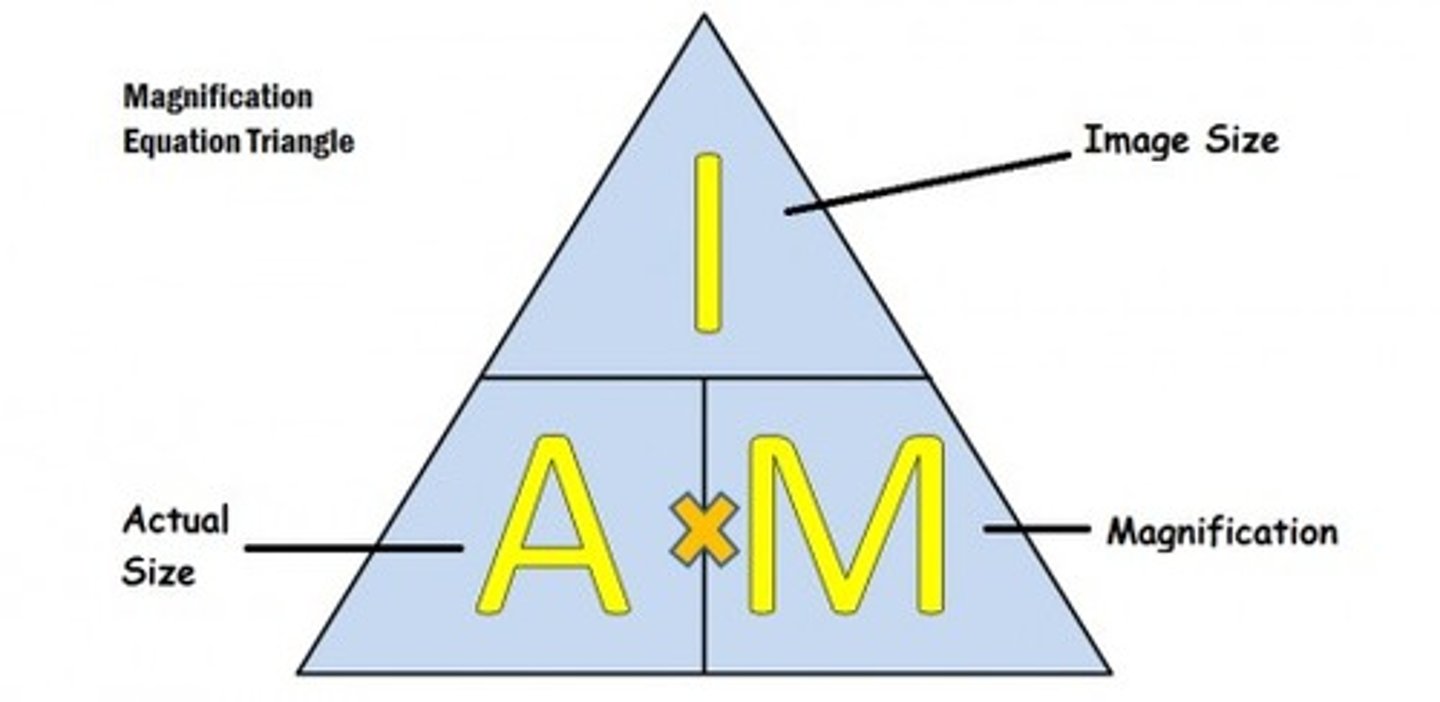
Animal cells have
Nucleus, cytoplasm, cell membrane, mitochondria, ribosomes
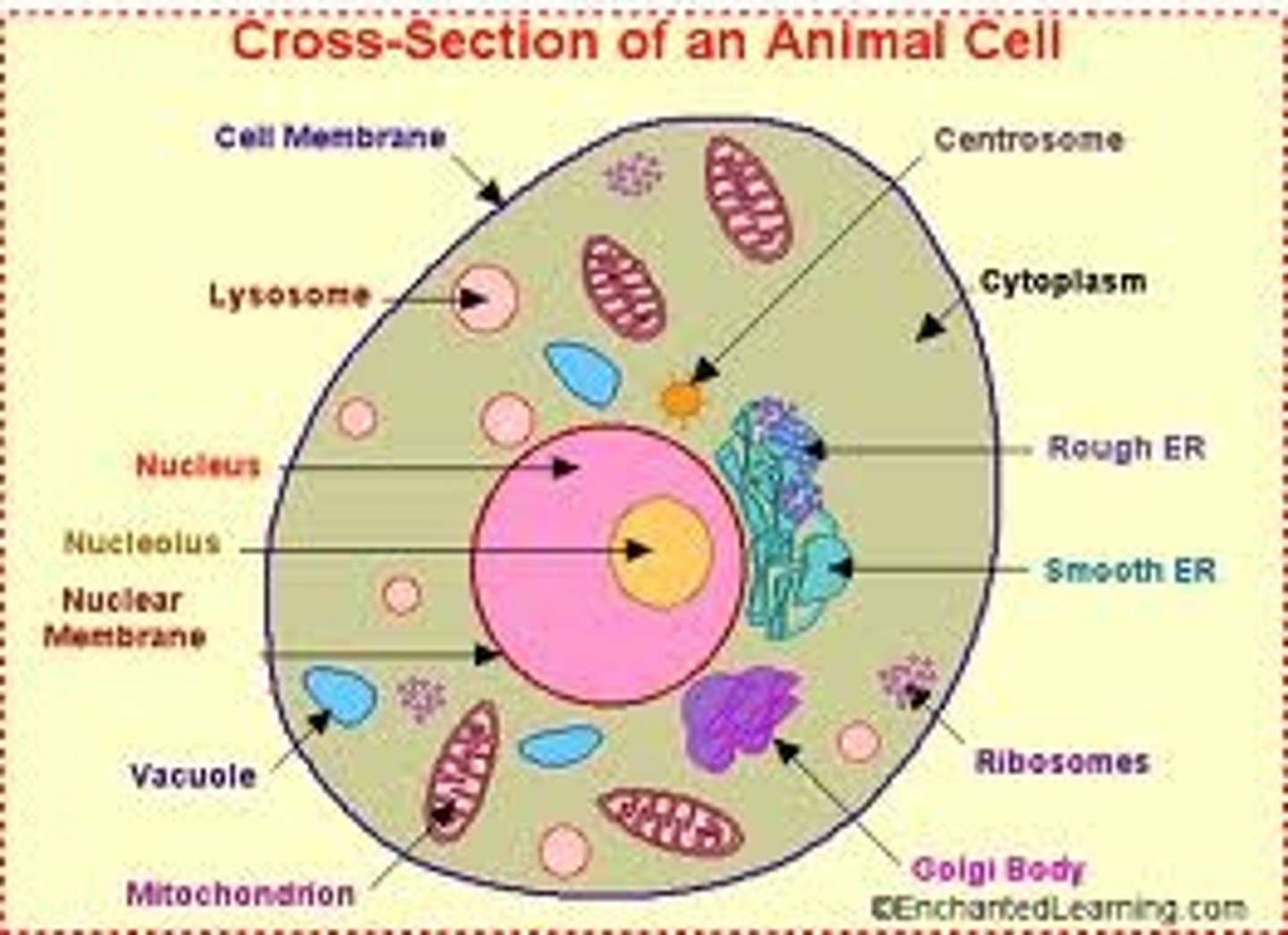
Compare animal cells and plant cells
animal: lysosomes, centrioles, no cell wall, doesn't go through photosynthesis
plant: no lysosomes, no centrioles, no cell wall, photosynthesis
similarities: DNA, asexual reproduction, mitochondria, plasma membrane
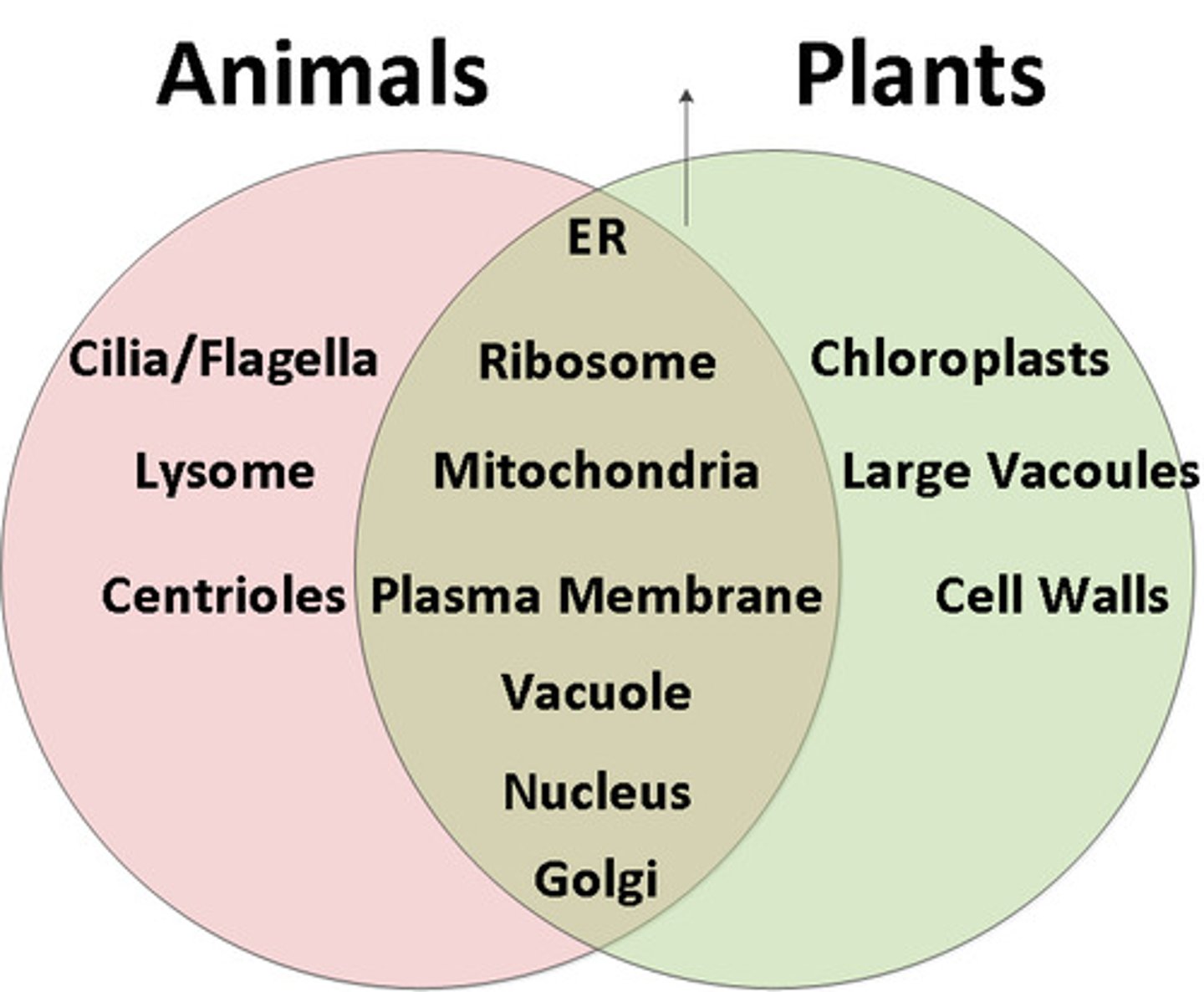
Organelles are
like tiny organs within cells.

Nucleus
A part of the cell containing DNA and RNA and responsible for growth and reproduction

Mitochondria
Powerhouse of the cell, organelle that is the site of ATP (energy) production

Chloroplasts are
the site of photosynthesis and found mostly in the interior cells of leaves
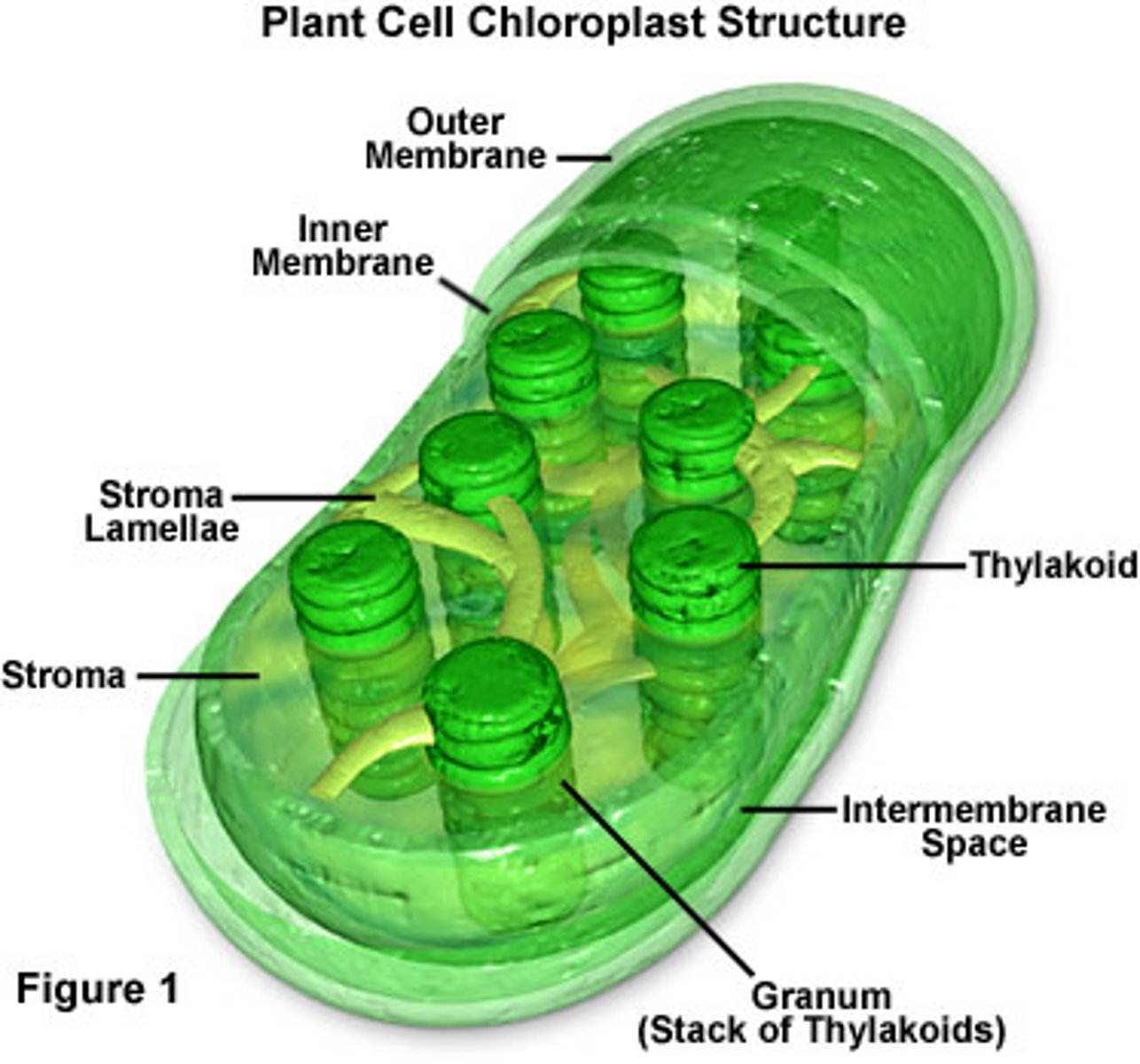
Ribosomes
site of protein synthesis
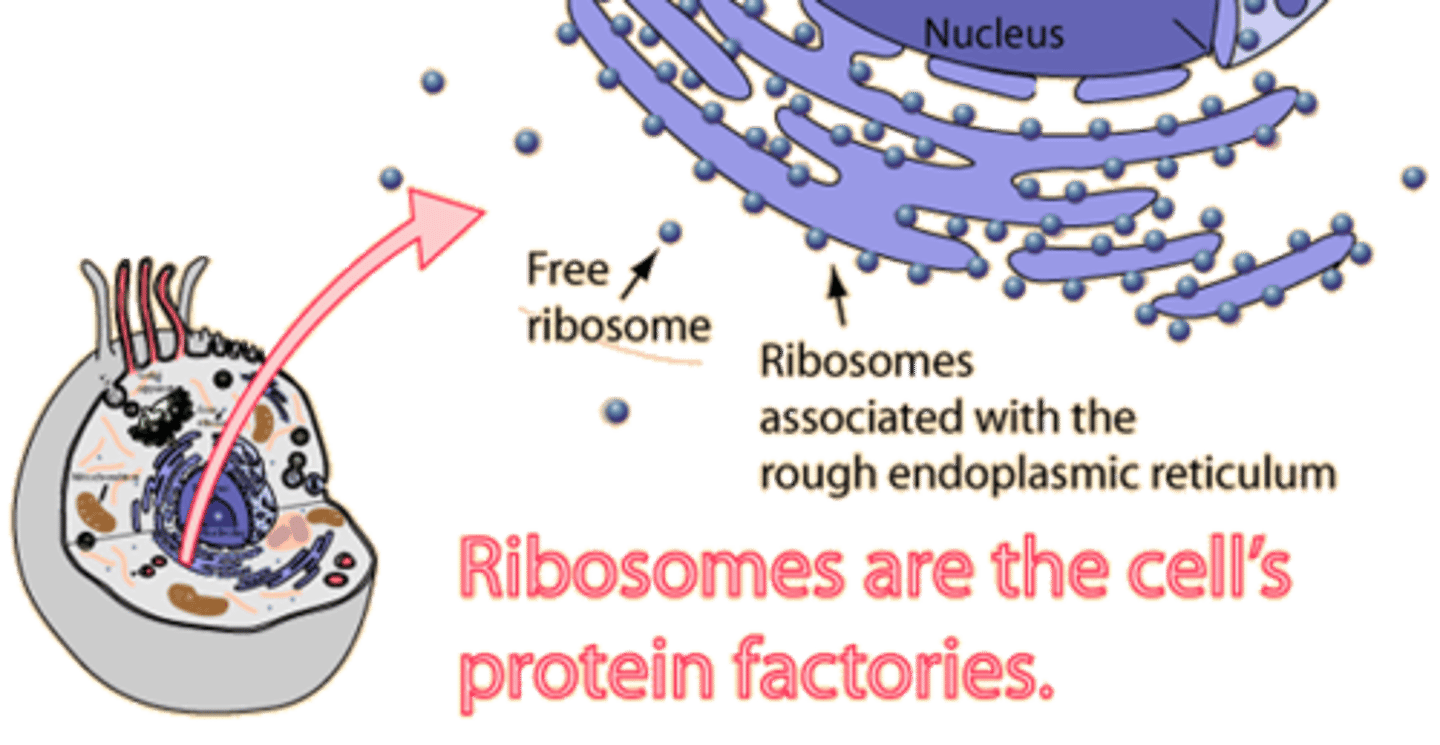
cell wall
A rigid layer of nonliving material that surrounds the cells of plants and some other organisms.

cell membrane
thin, flexible barrier around a cell; regulates what enters and leaves the cell
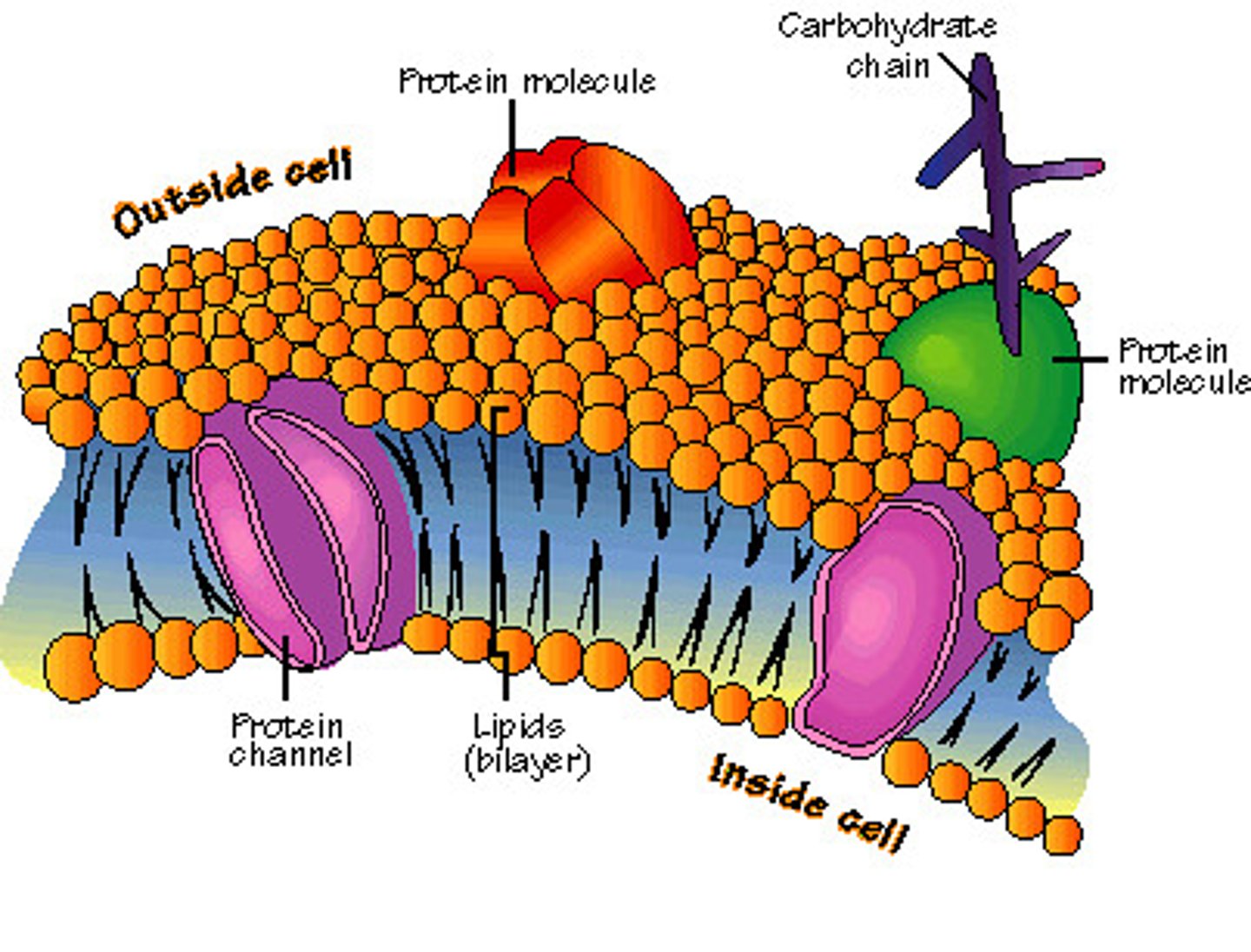
Cell
The basic unit of structure and function in living things
Tissue
A group of similar cells that perform the same function.
Organ
A collection of tissues that carry out a specialized function of the body
System
A group of parts that work together as a whole
Organisms
living things, such as plants, animals, and bacteria
macroscopic
visible to the naked eye
microscopic
too small to be seen except under a microscope
How to calculate magnification
multiply the magnification of the eyepiece by the magnification of the objective lens being used
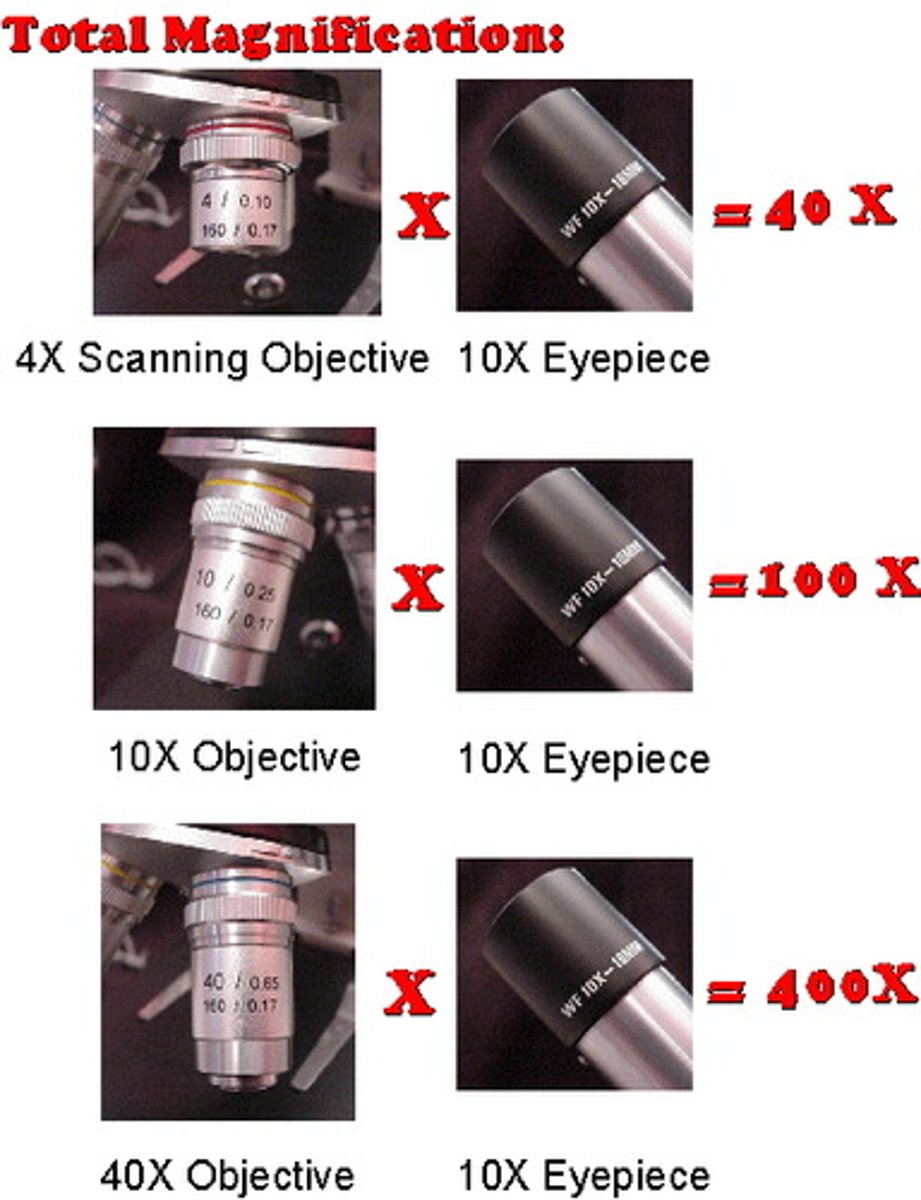
Nucleus
Control center of the cell

Nucleotide
A building block of DNA, consisting of a five-carbon sugar covalently bonded to a nitrogenous base and a phosphate group.
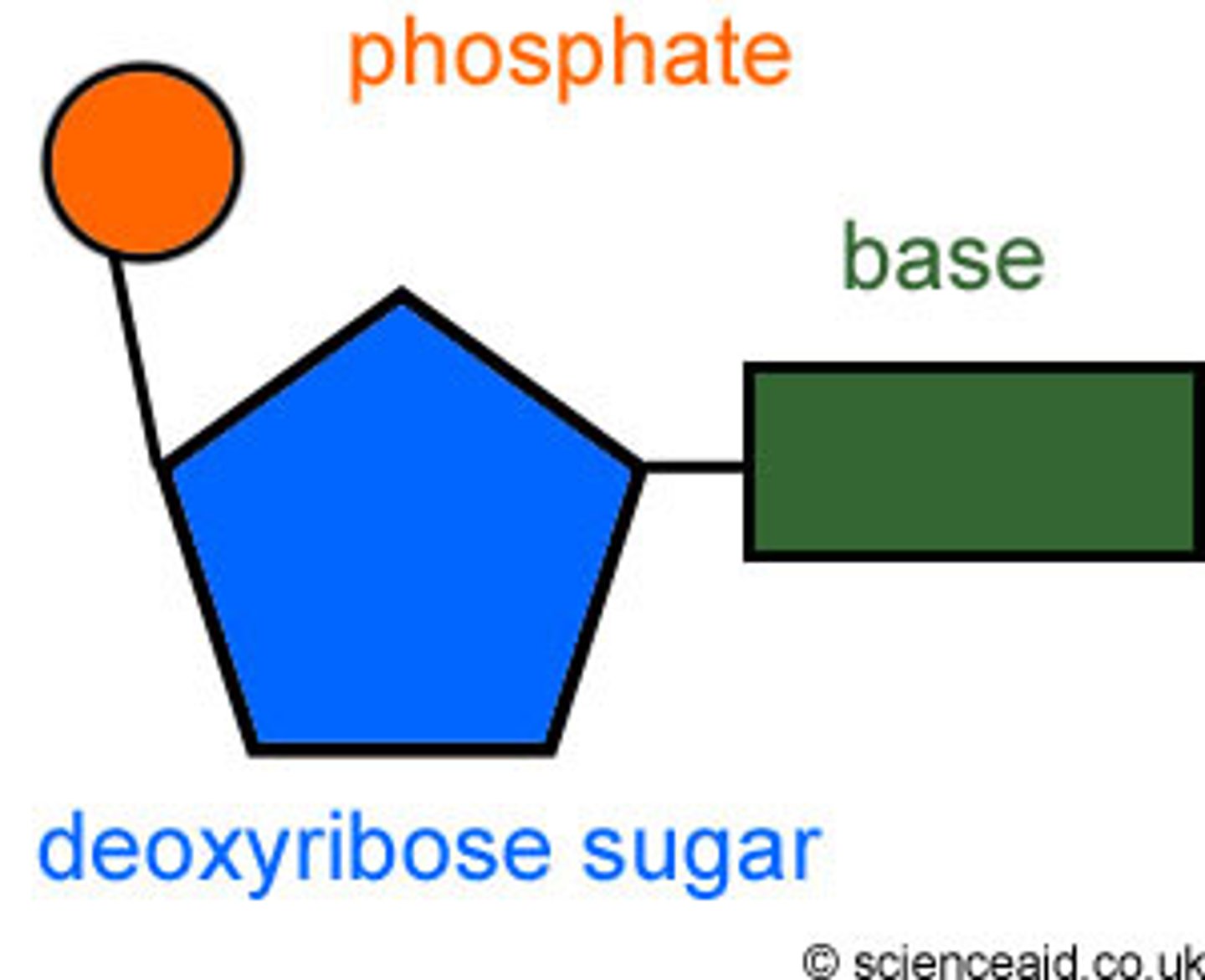
endosymbiont theory
explains that eukaryotic cells may have evolved from prokaryotic cells
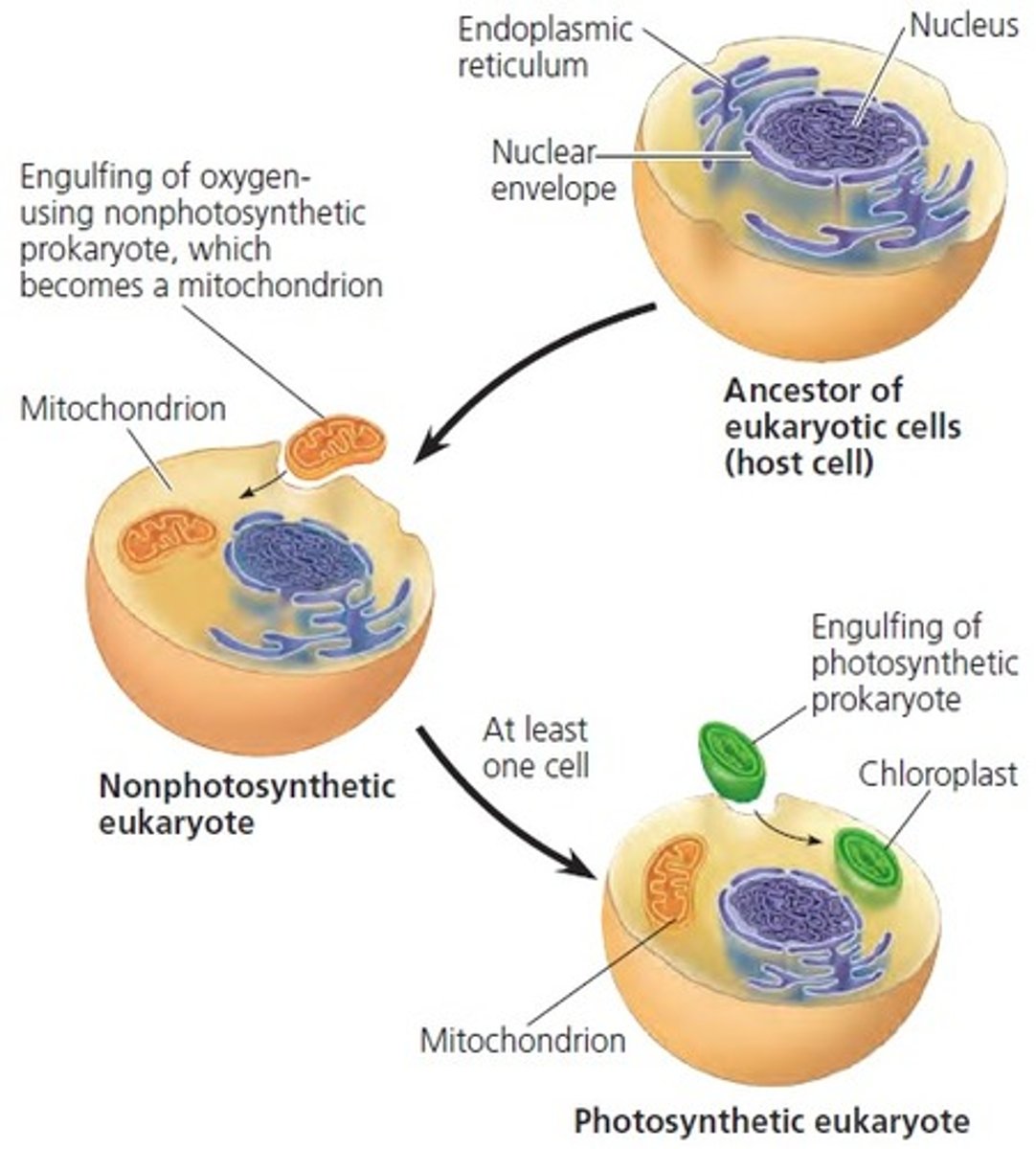
Plant cells have
chloroplasts, cell wall, large central vacuole
Cytoplasm
A jellylike fluid inside the cell in which the organelles are suspended
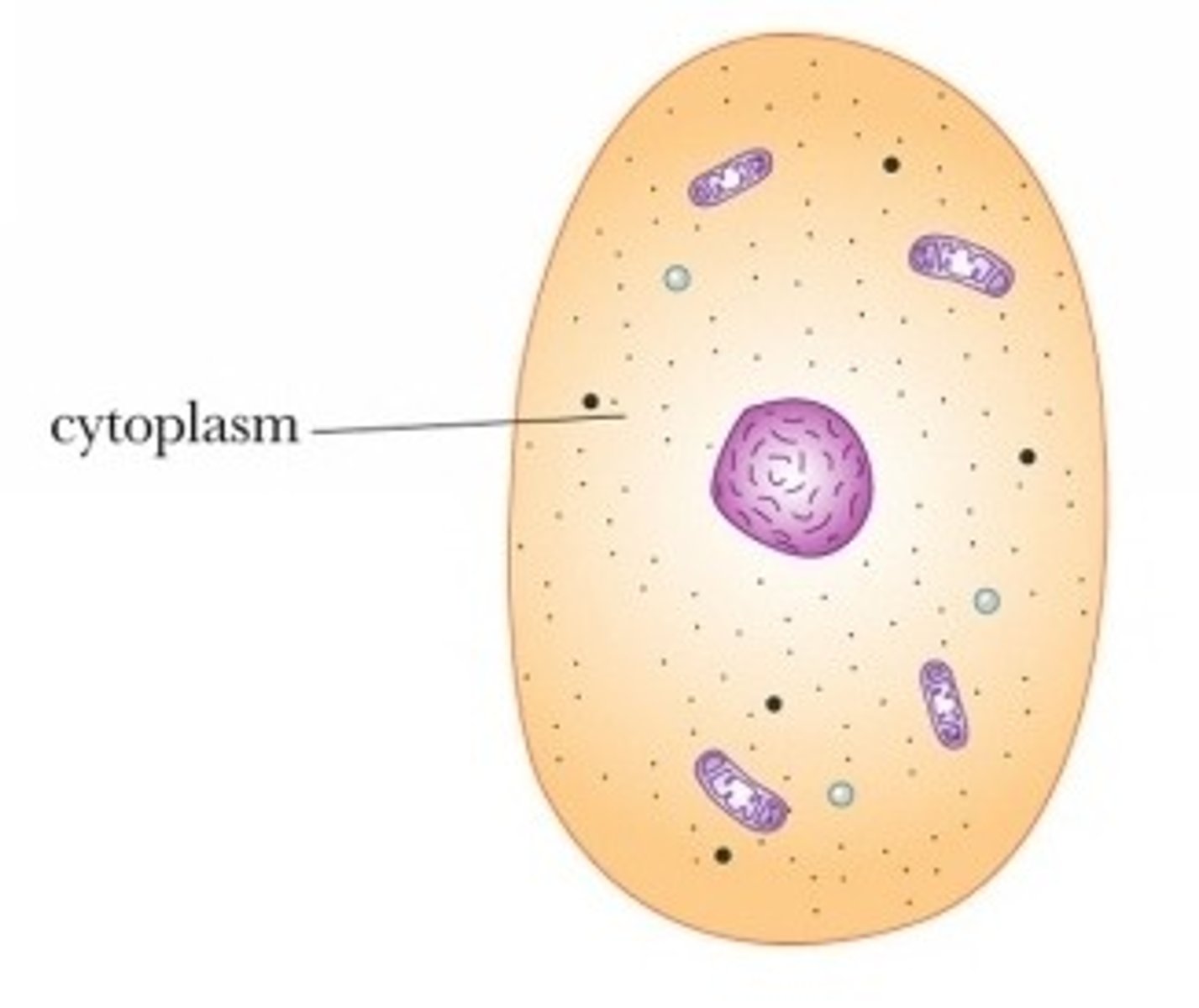
Vacuole
Cell organelle that stores materials such as water, salts, proteins, and carbohydrates
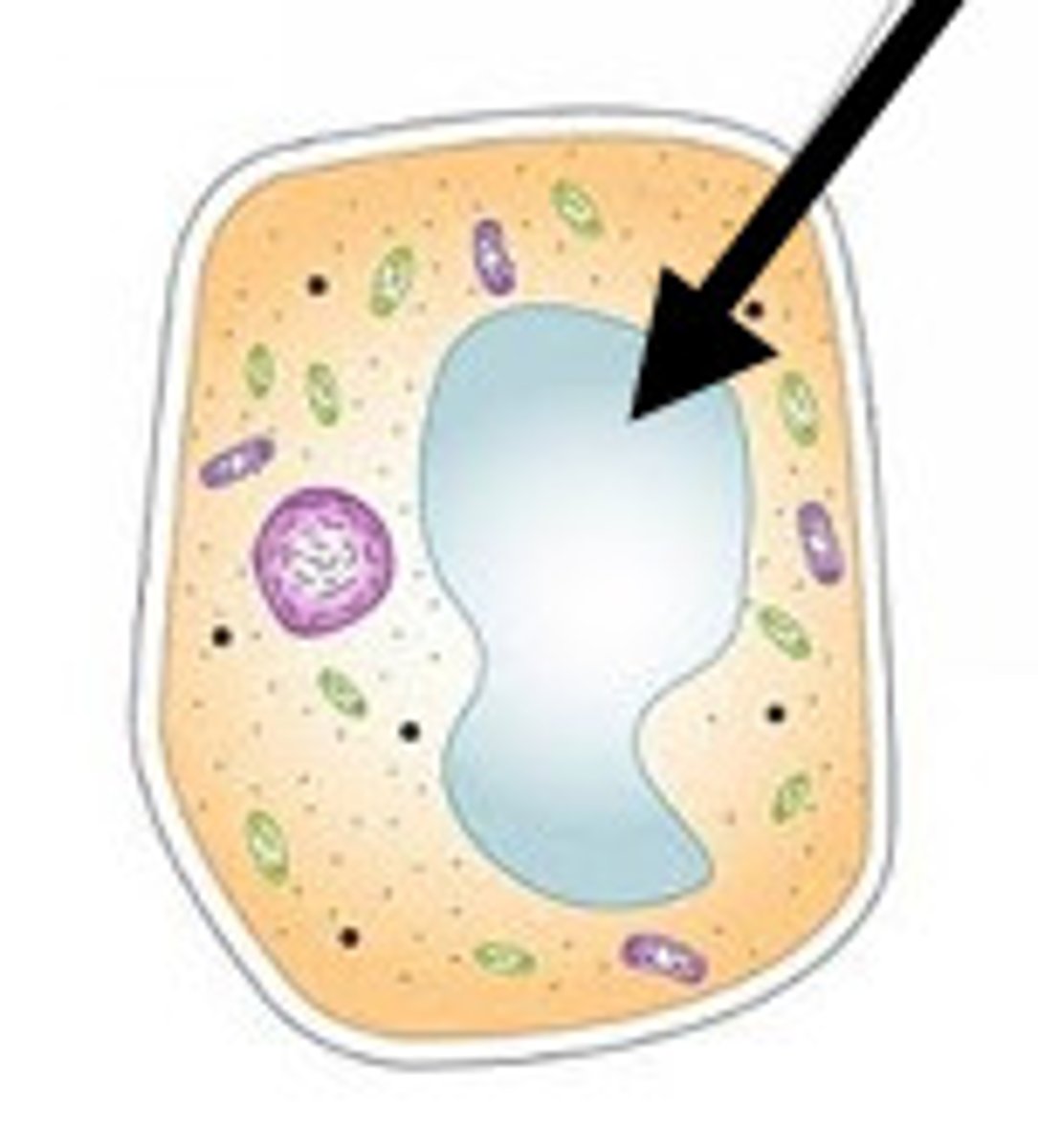
Animal cells have
Nucleus, cytoplasm, cell membrane, mitochondria, ribosomes
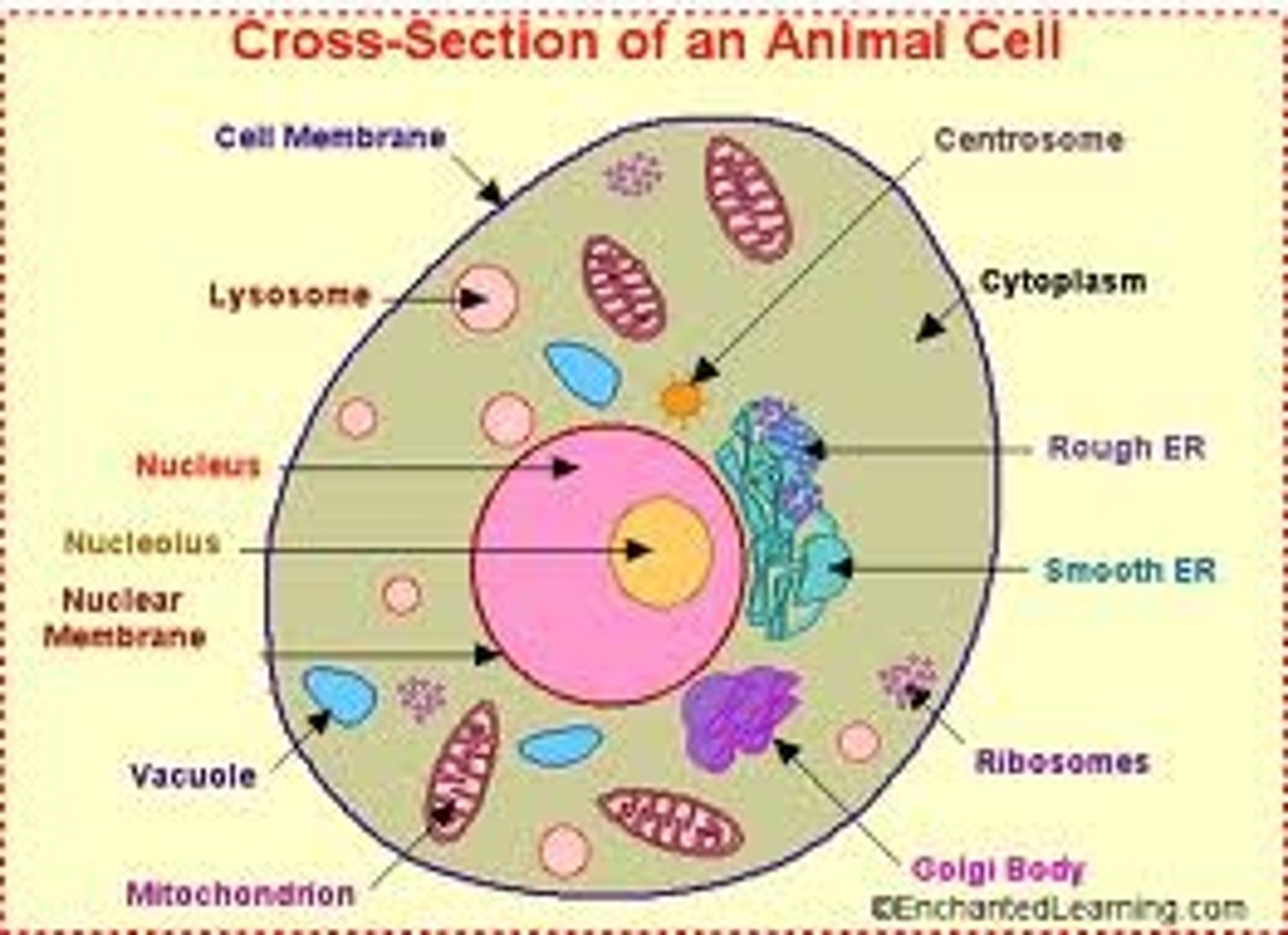
Mitosis
part of eukaryotic cell division during which the cell nucleus divides
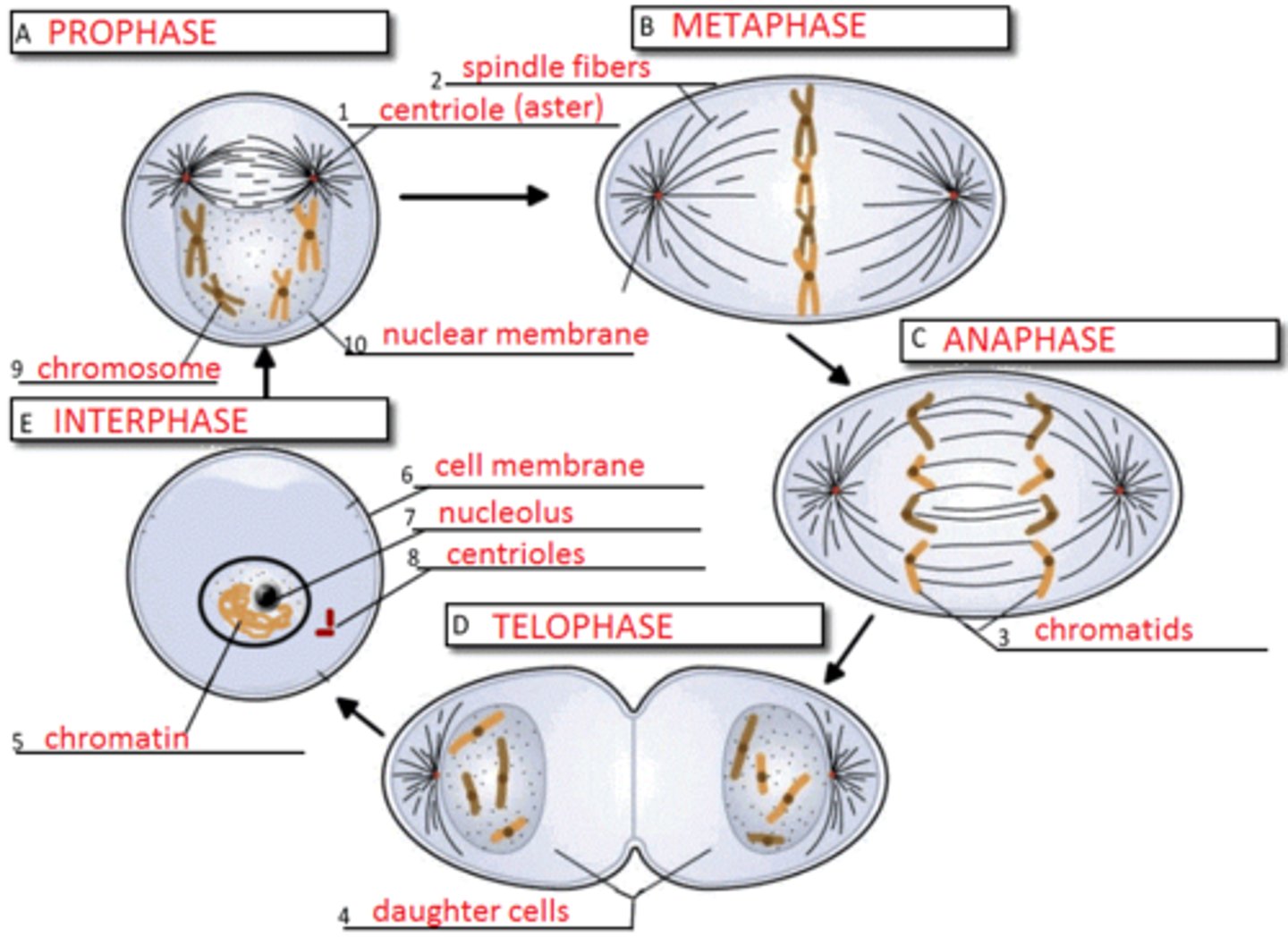
Mitosis vs. Meiosis
Mitosis: one division forming 2 identical cells (clones); Meiosis: two divisions forming 4 genetically different cells
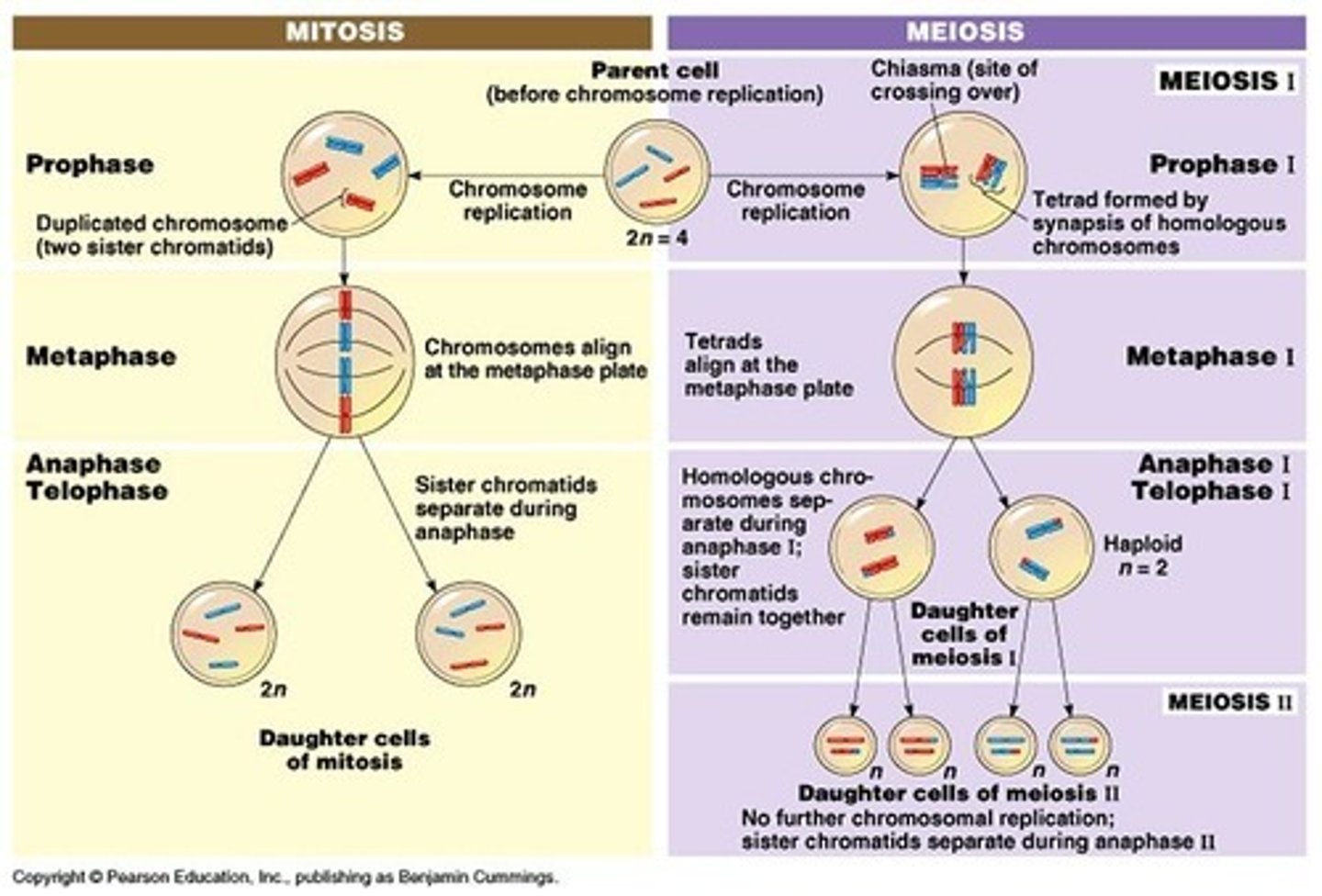
cell differentiation
the process by which a cell becomes specialized for a specific structure or function.
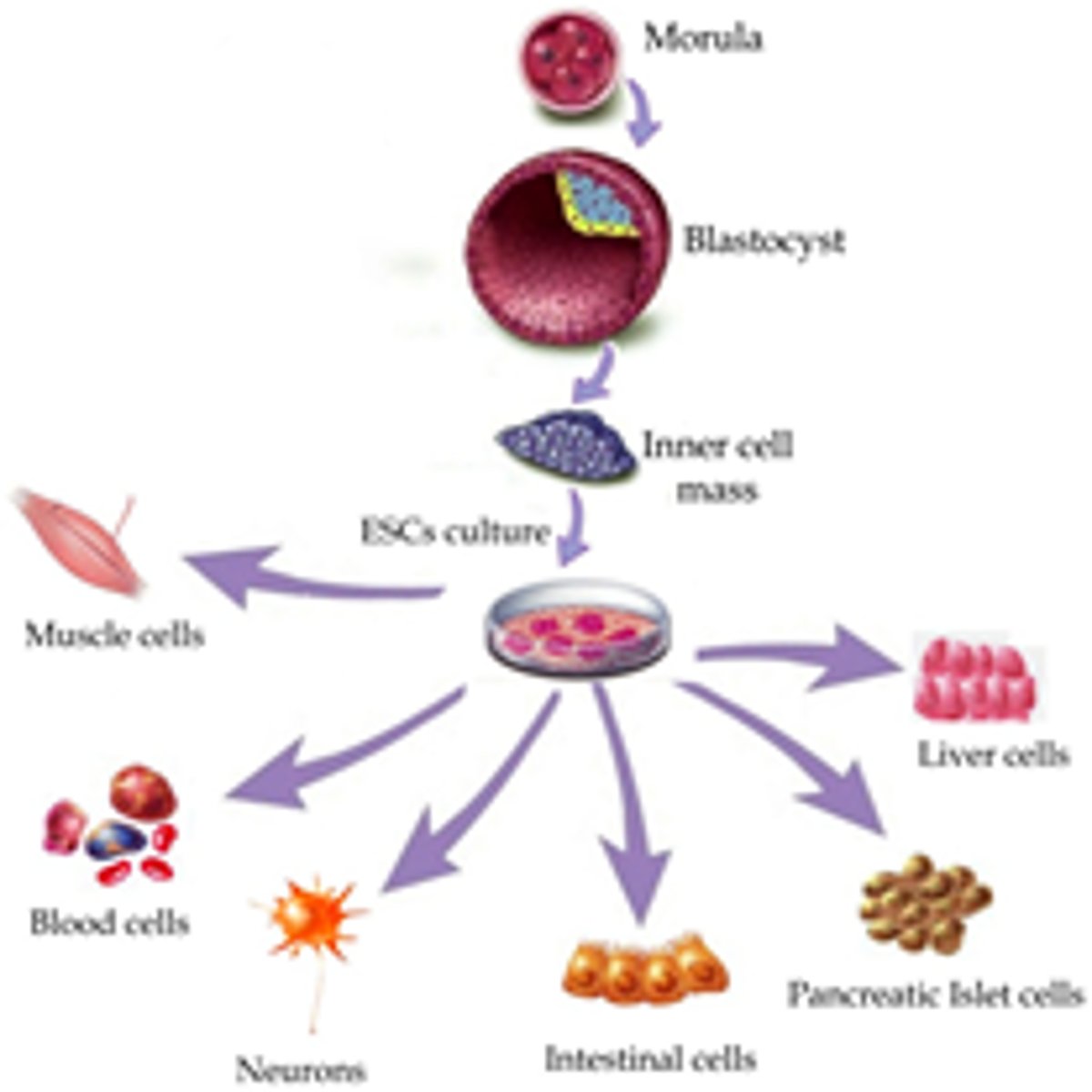
DNA
deoxyribonucleic acid, a self-replicating material present in nearly all living organisms as the main constituent of chromosomes. It is the carrier of genetic information.
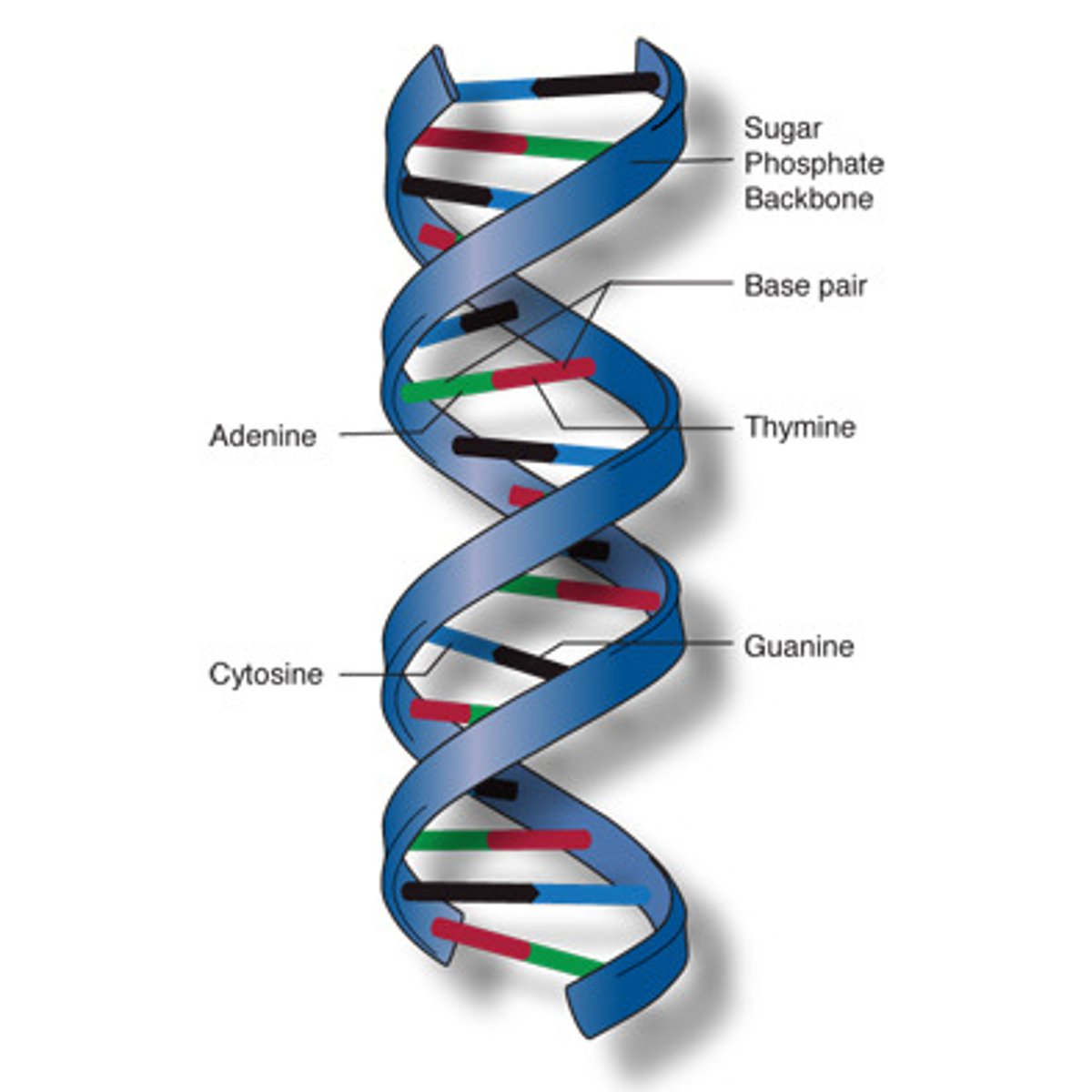
RNA
A single-stranded nucleic acid that passes along genetic messages
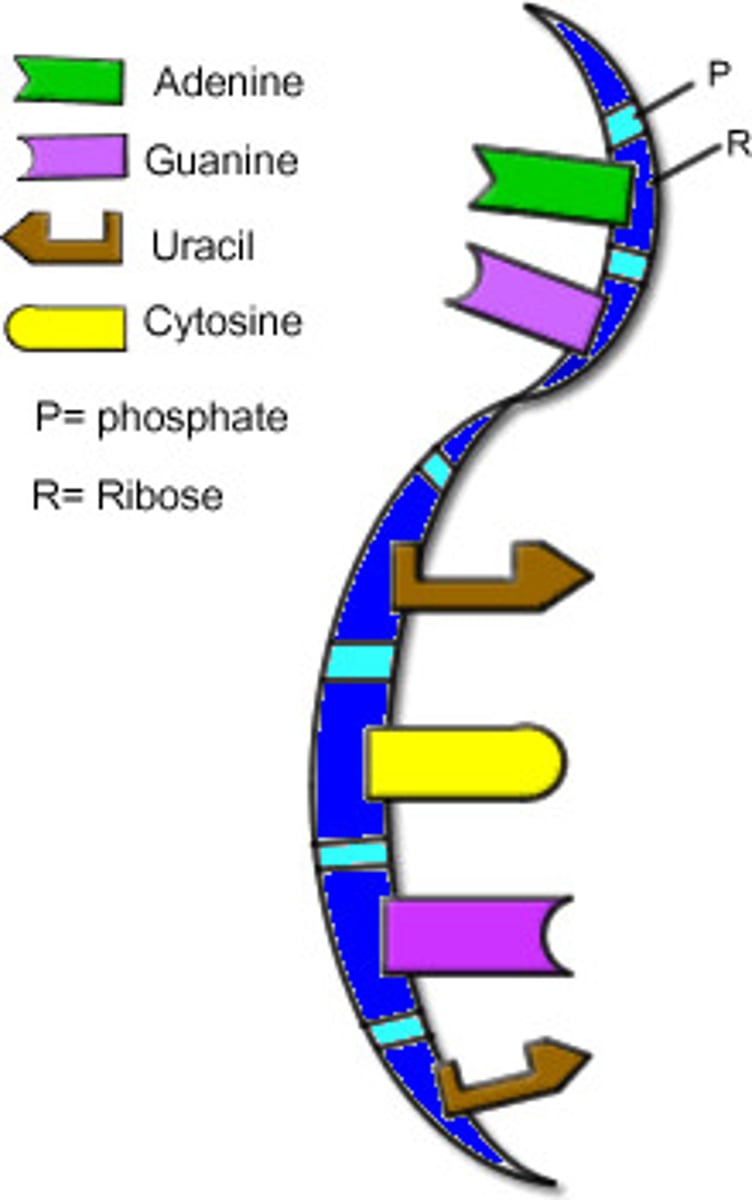
Chomosomes
threadlike structures made of DNA molecules that contain the genes
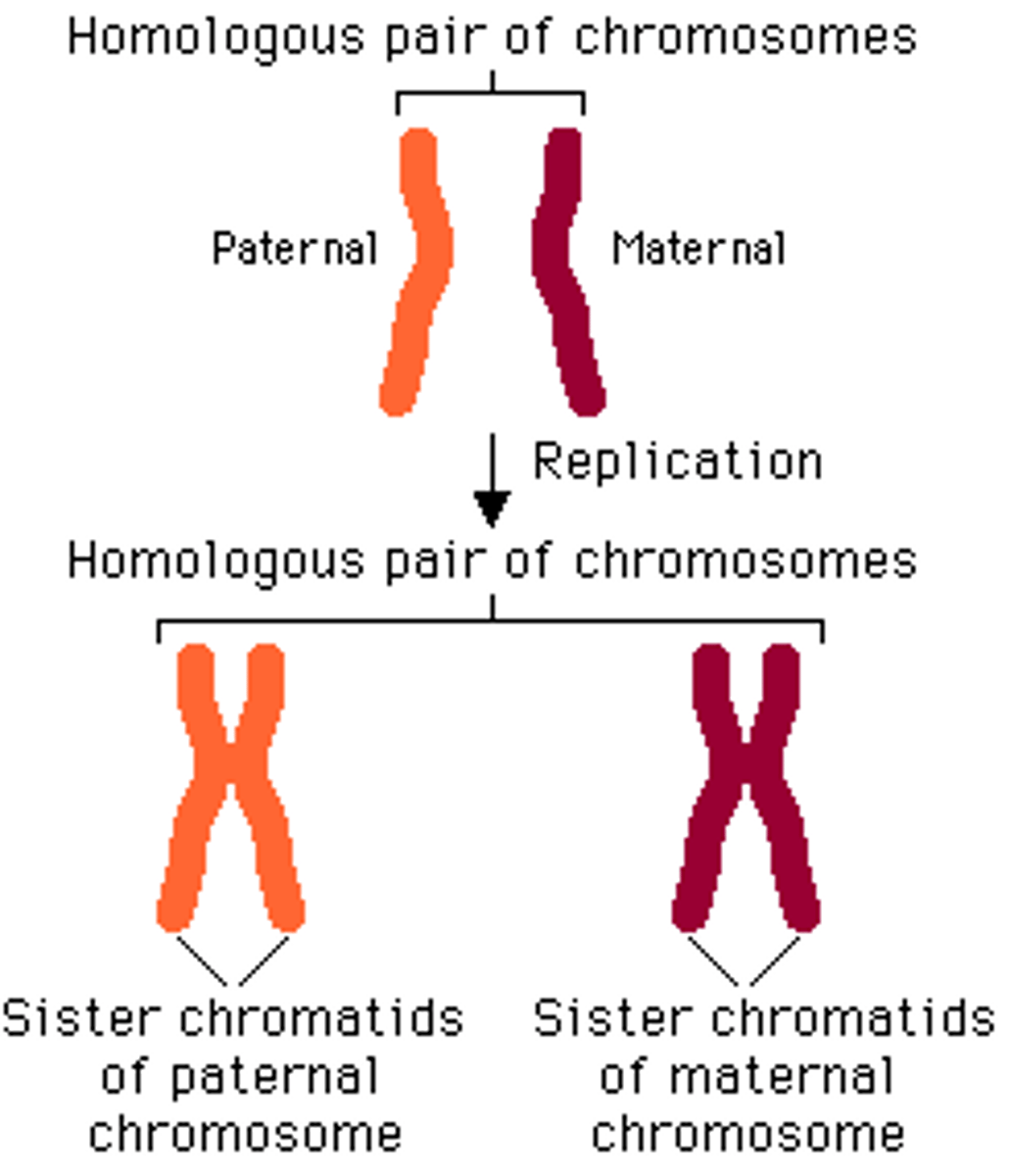
chromatin
Clusters of DNA, RNA, and proteins in the nucleus of a cell
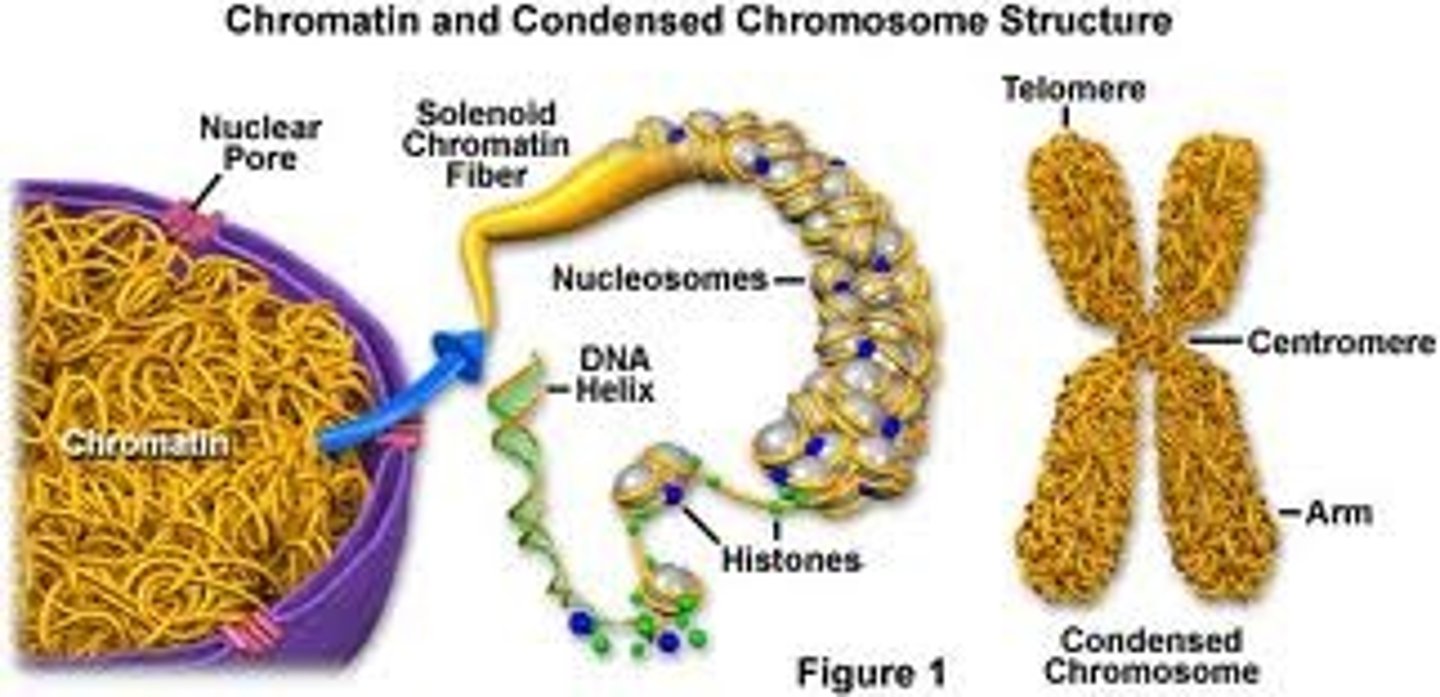
Nucleosome
repeating subunit of chromatin fibers, consisting of DNA coiled around histones
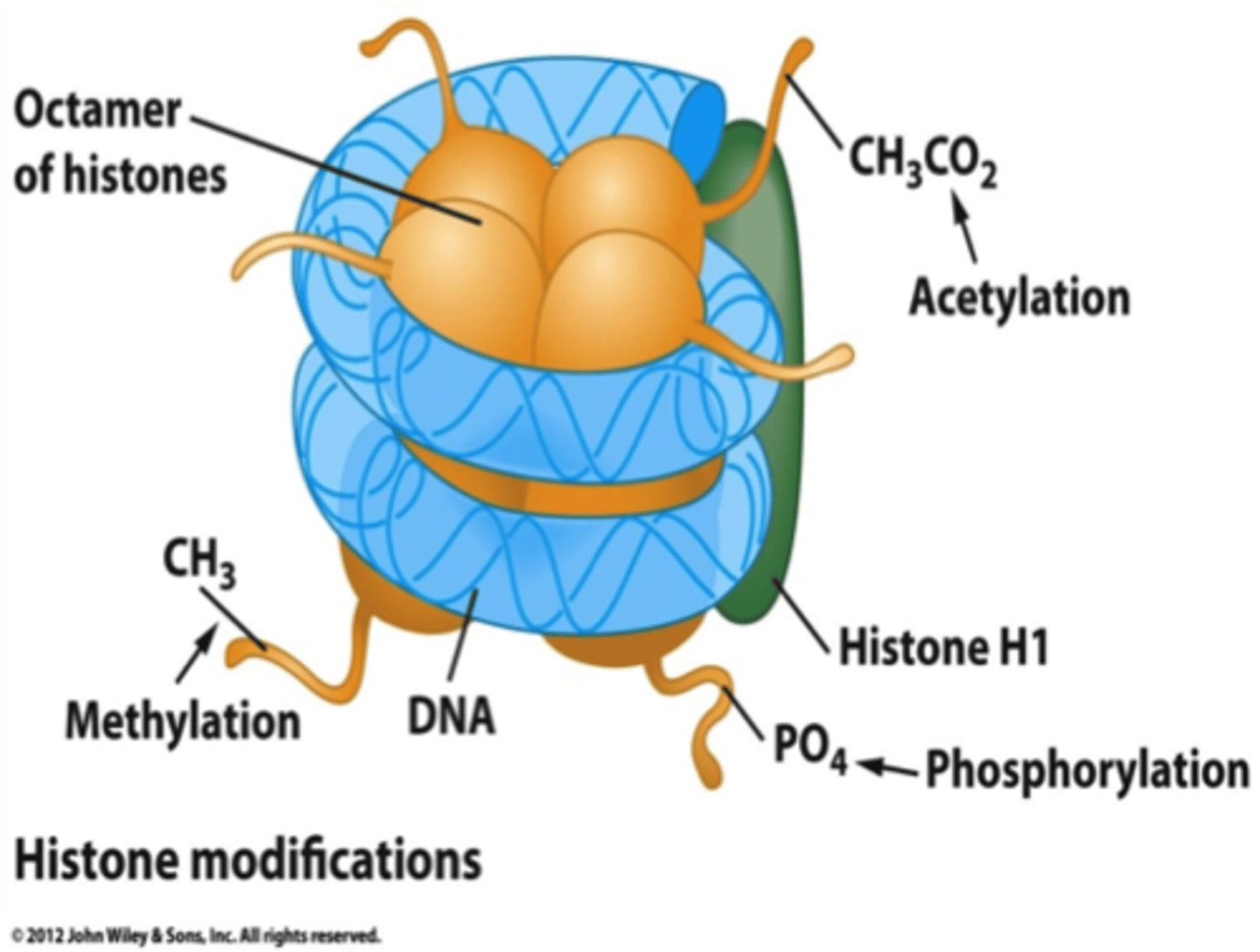
Bacteria
single-celled organisms that lack a nucleus; prokaryotes

Hershey and Chase
concluded that the genetic material of the bacteriophage was DNA, not protein.
Contents of DNA
base, phosphate and deoxyribose sugar
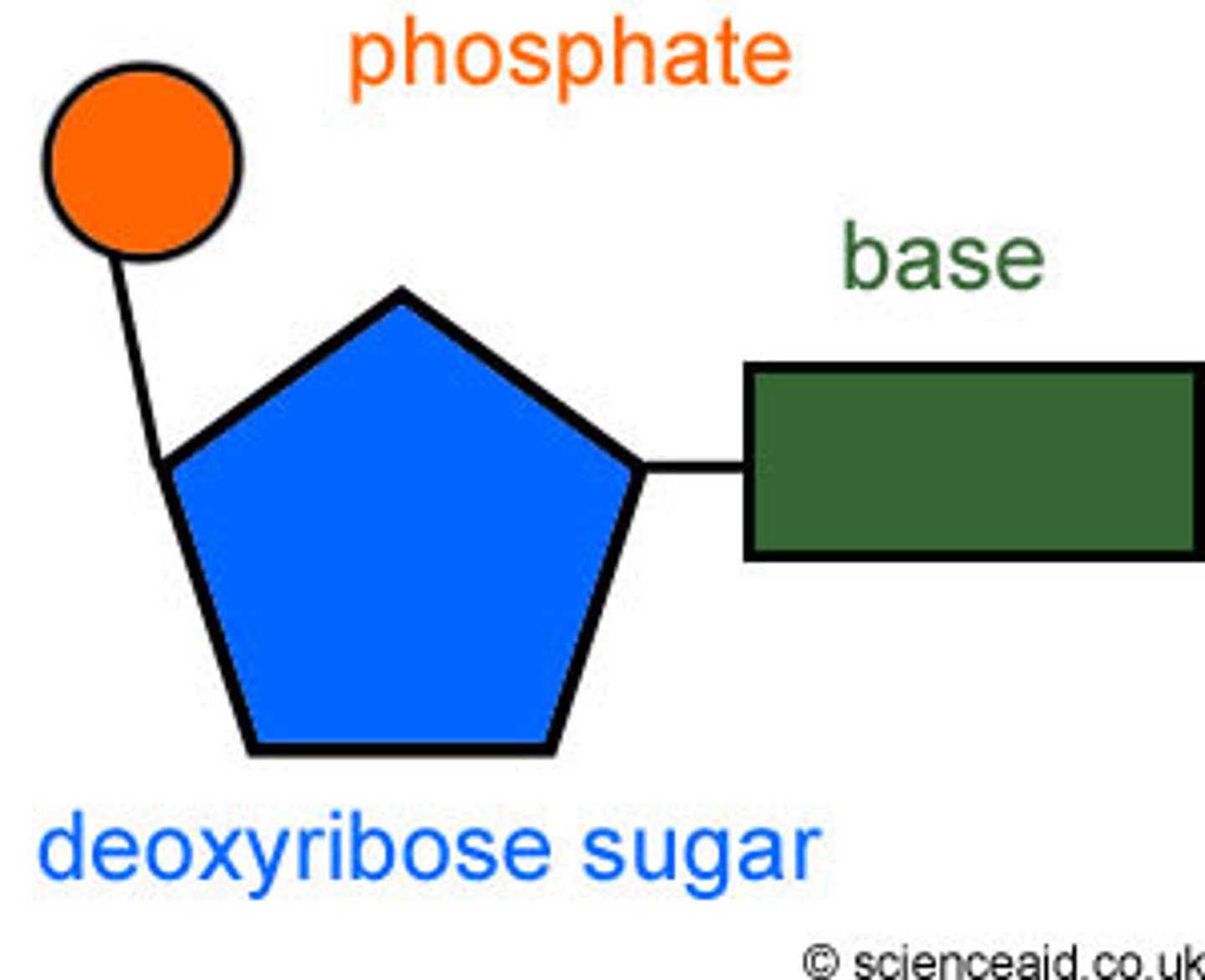
Nitrogenous bases in DNA
Adenine, Thymine, Cytosine, Guanine

Chargaff's Rule
[A]=[T] and [G]=[C], they pair up across from one another forming two strands also called base pairing.
Rosalind Franklin and Maurice Wilkins
Used x-ray crystallography to study DNA structure
purines and pyrimidines
Purines (double ring): Adenine and guanine
Pyrimidines (single ring): Cytosine and thymine (uracil in RNA)
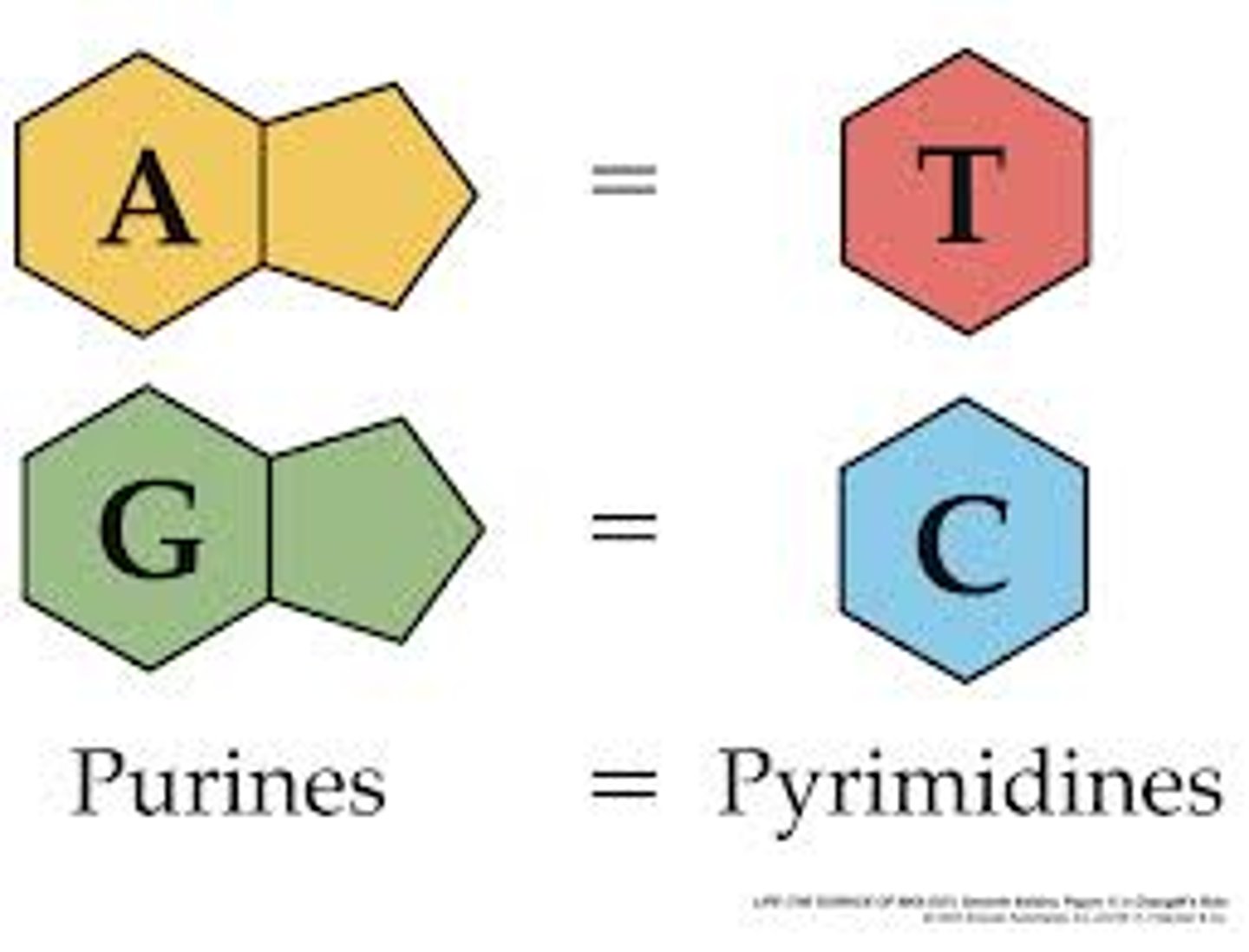
Central Dogma of Biology
DNA-transcription-RNA-translation-protein

Differences between DNA and RNA
DNA has deoyribose, thymine, and is double-stranded. RNA has ribose, uracil, and is single-stranded
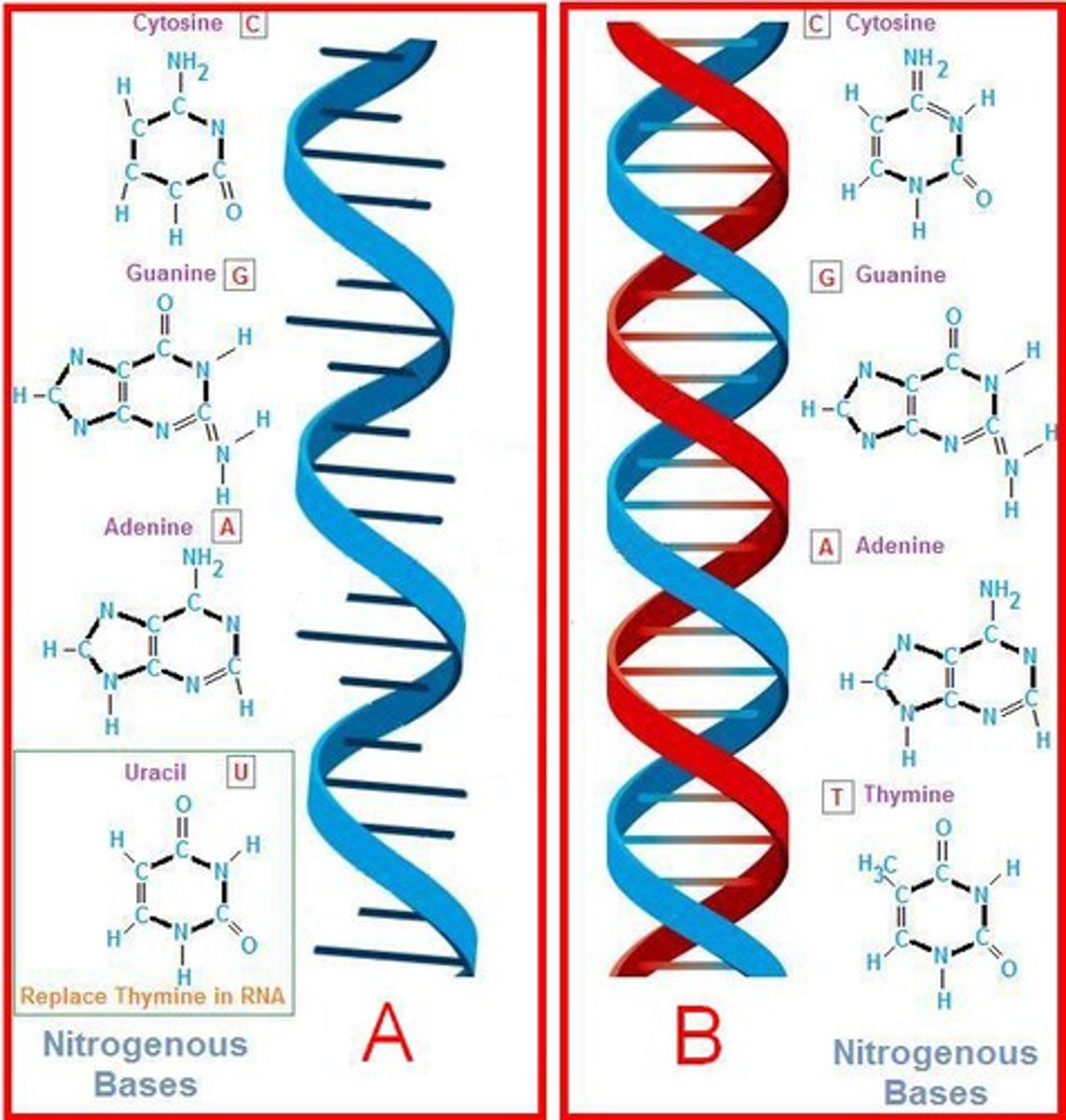
Laws of Inheritance (Mendel)
law of dominance, law of segregation, law of independent assortment
cell cycle
series of events that cells go through as they grow and divide
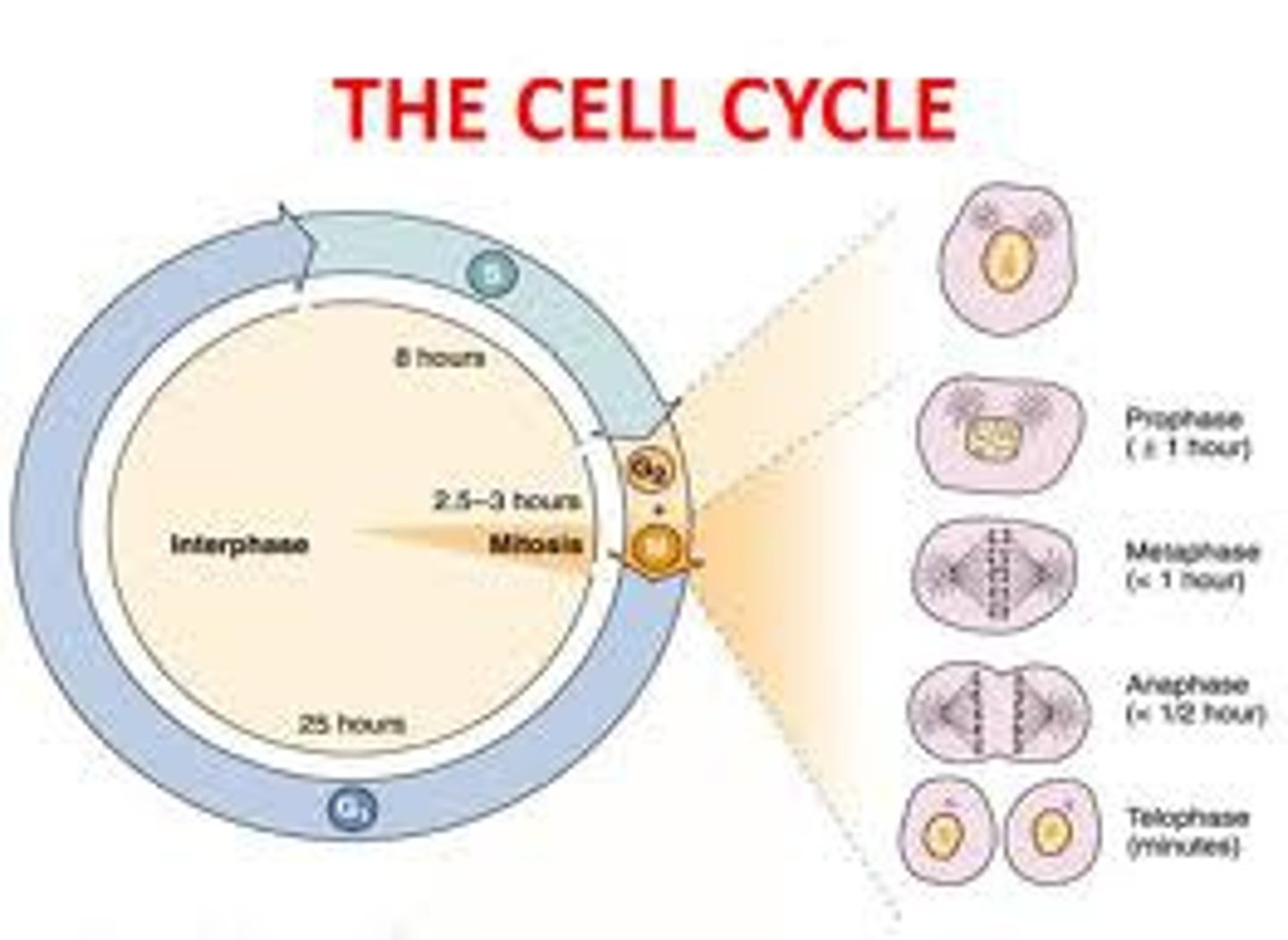
Chromosomes
threadlike structures made of DNA molecules that contain the genes
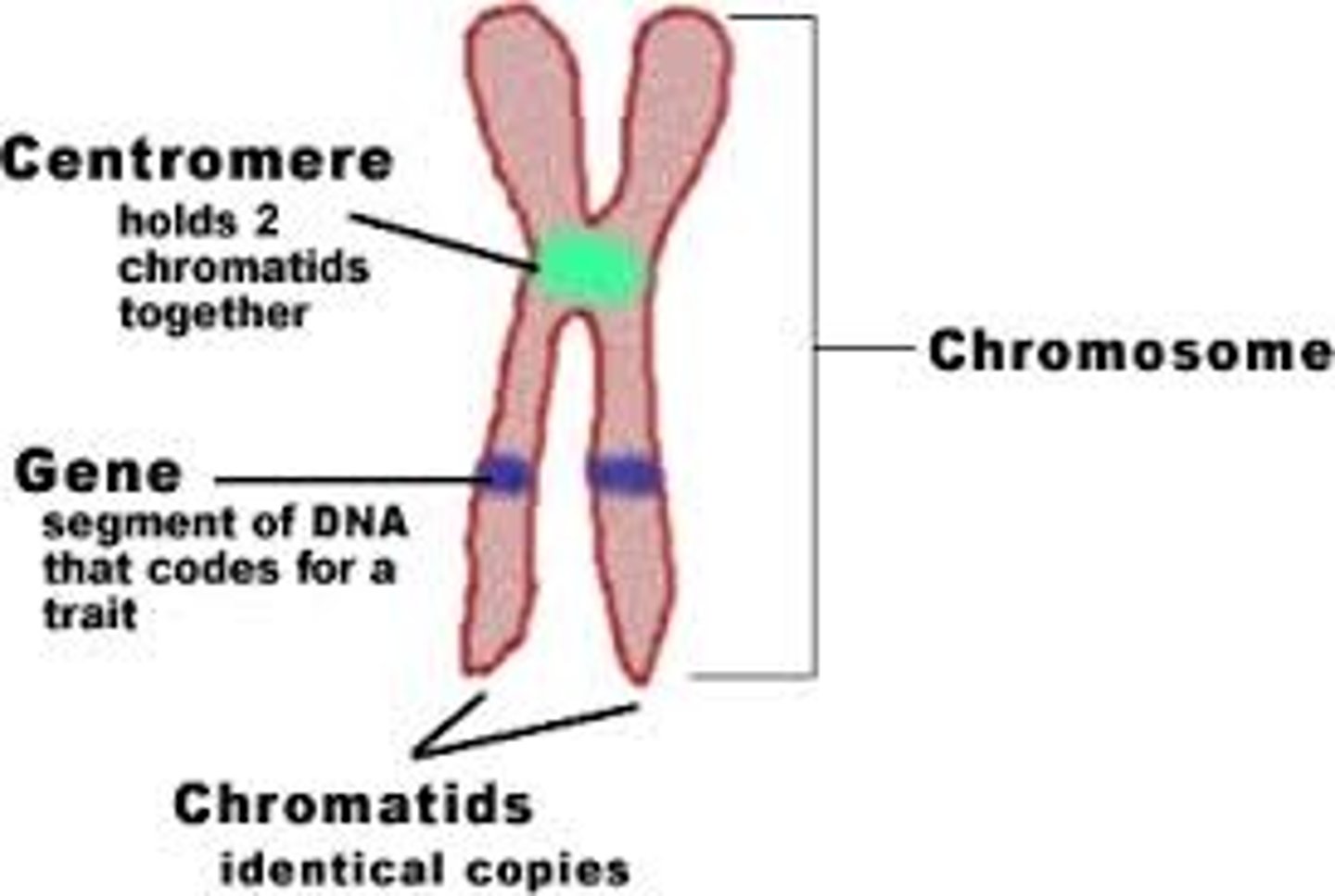
Chromatin
Clusters of DNA, RNA, and proteins in the nucleus of a cell
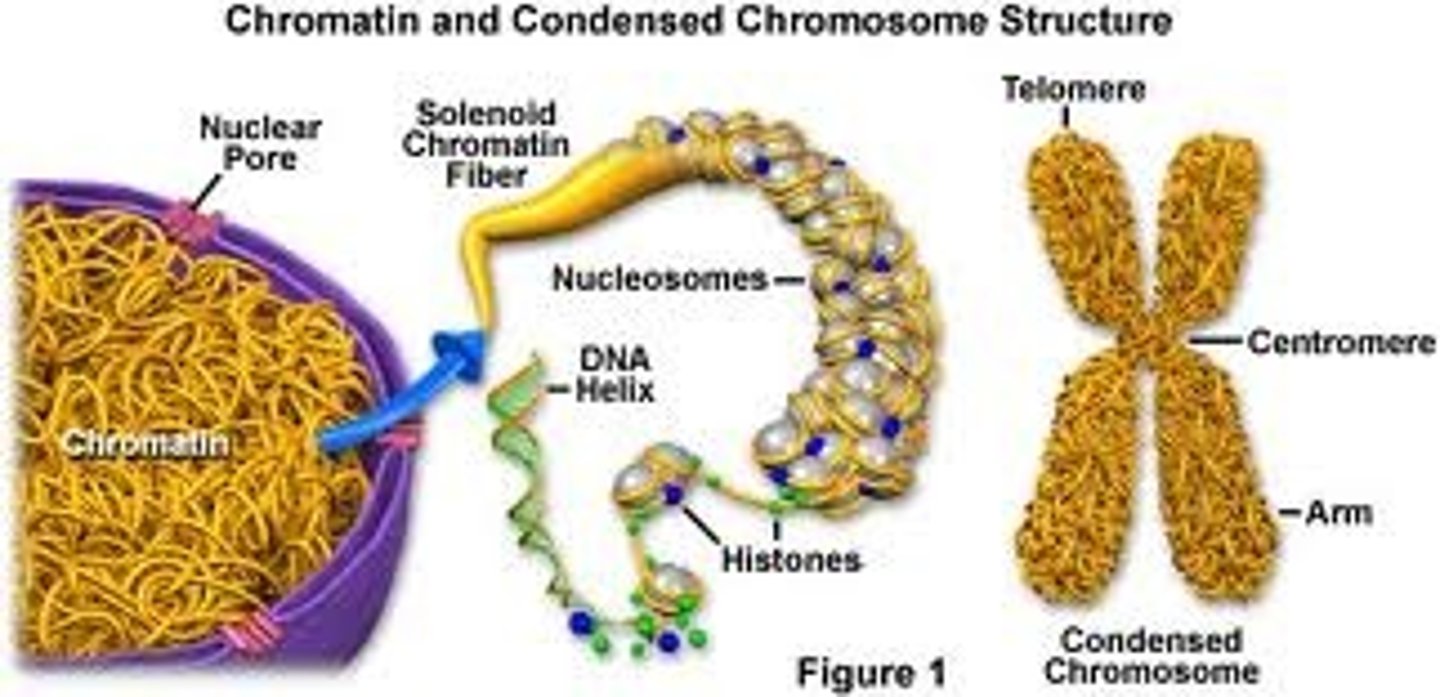
interphase
period of the cell cycle between cell divisions
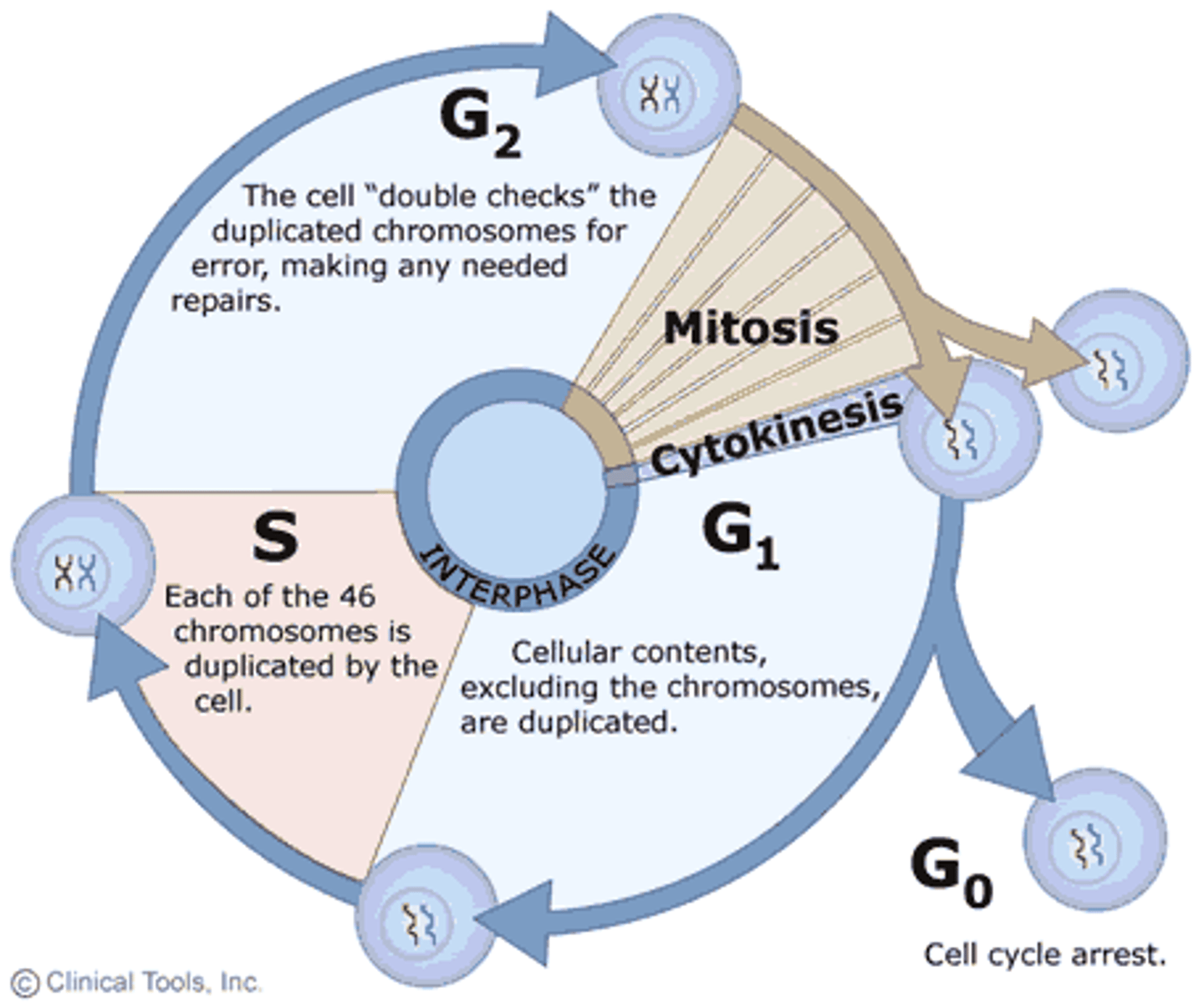
somatic cells
Any cells in the body other than reproductive cells
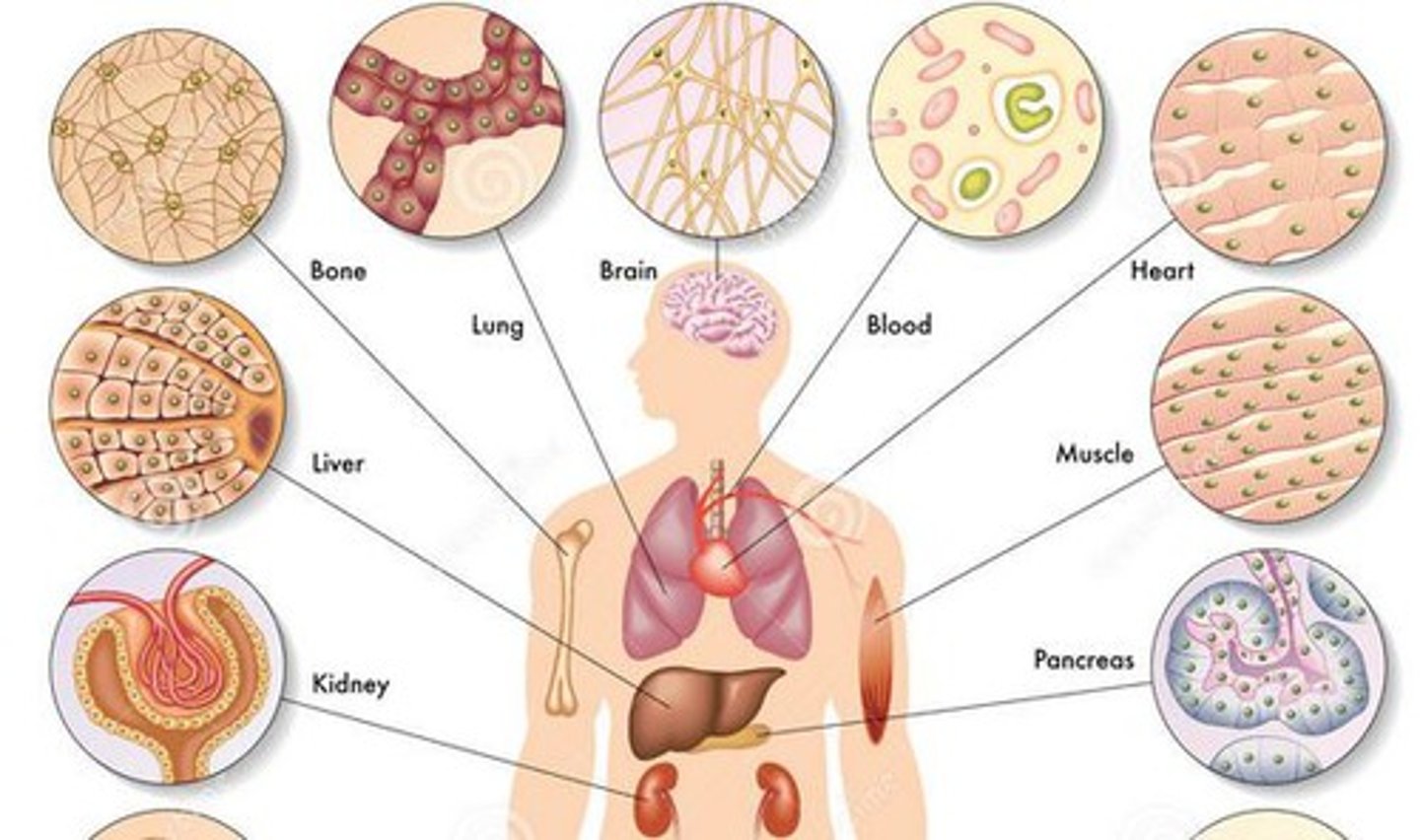
Centromere
Area where the chromatids of a chromosome are attached
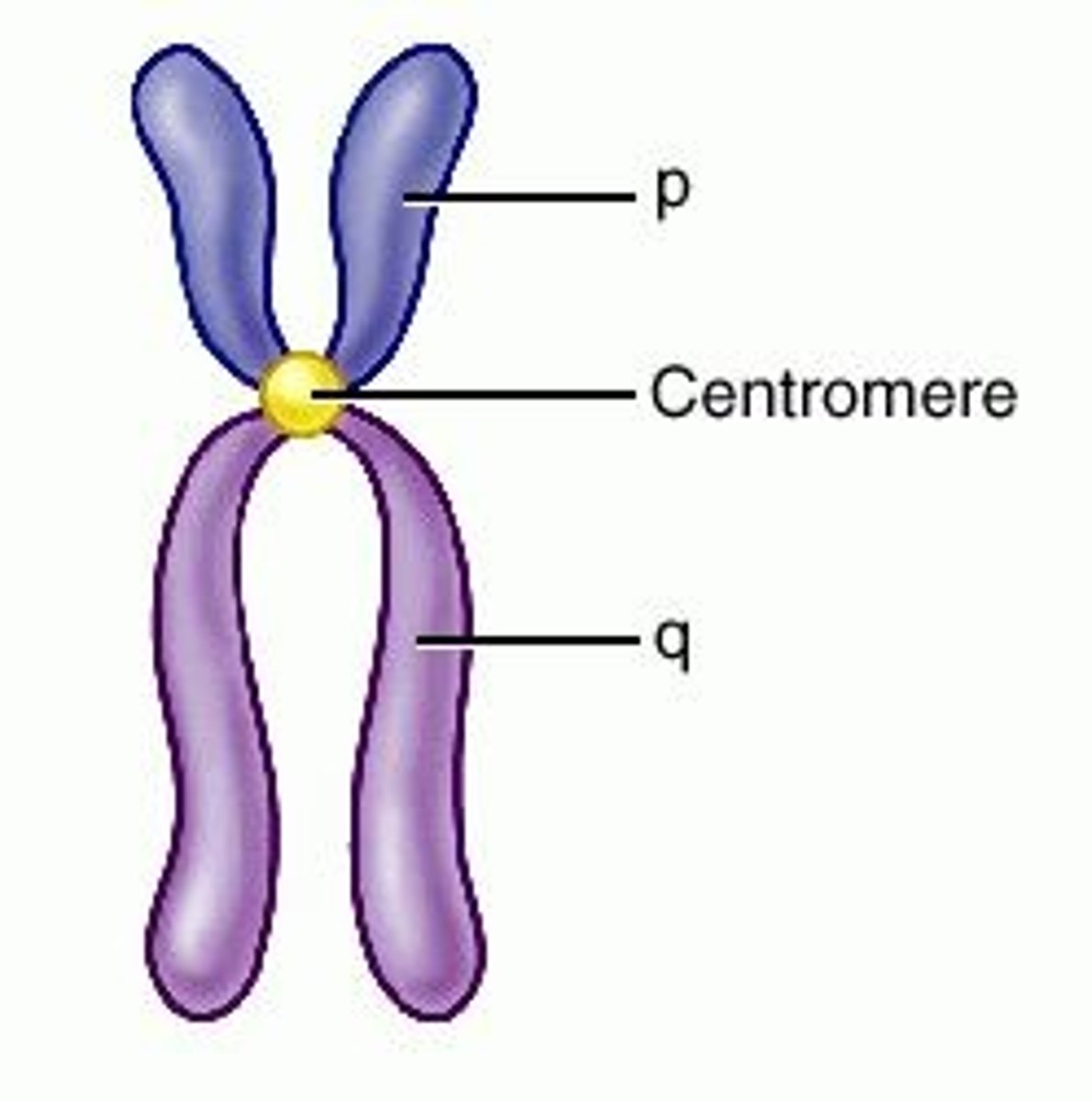
cytokinesis
Division of the cytoplasm during cell division
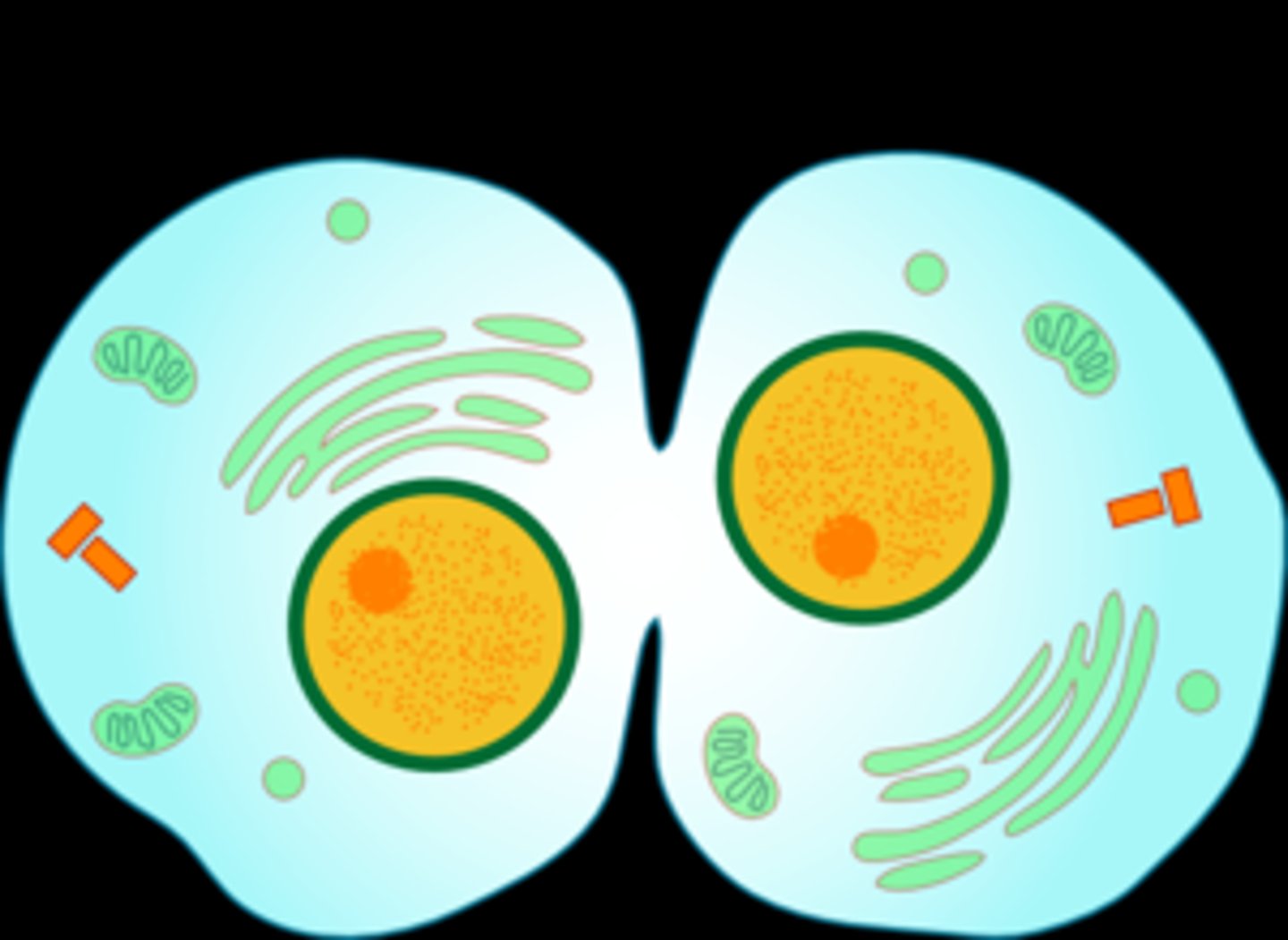
life cycle
The entire sequence of stages in the life of an organism, from the adults of one generation to the adults of the next.
G1 phase
The first gap, or growth phase, of the cell cycle, consisting of the portion of interphase before DNA synthesis begins.
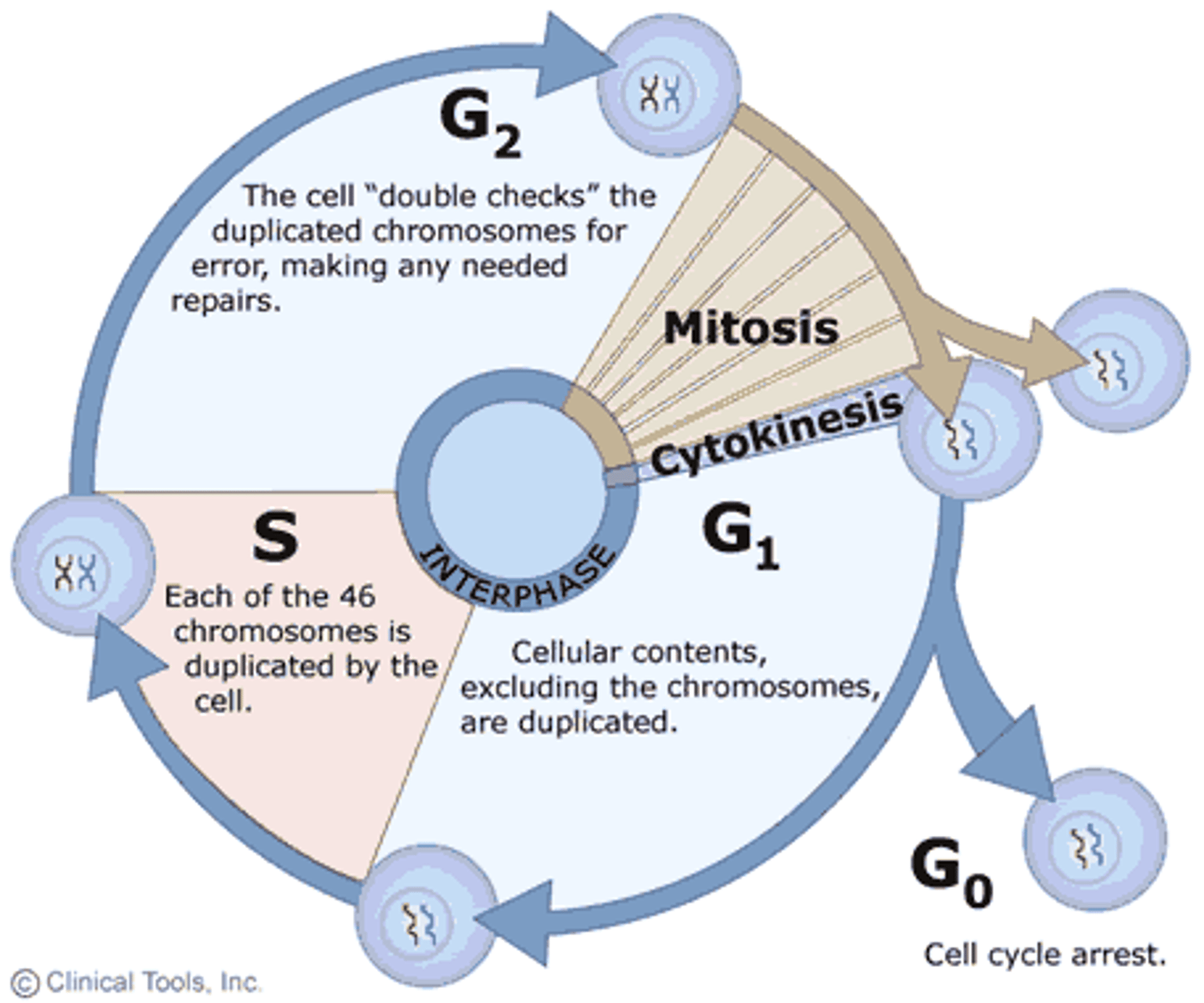
S phase of interphase
chromosome replicate and DNA synthesizes
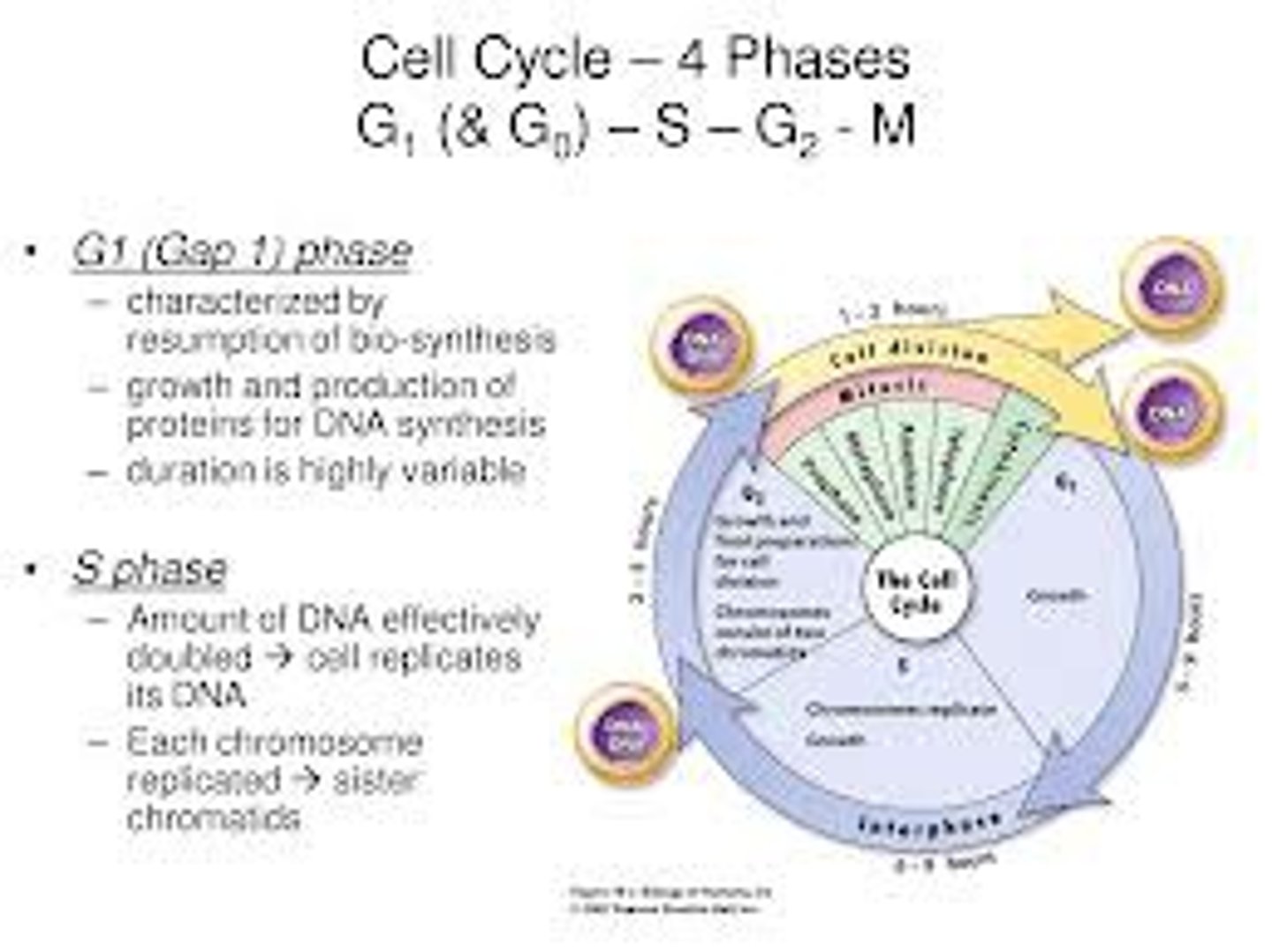
G2 phase
The second growth phase of the cell cycle, consisting of the portion of interphase after DNA synthesis occurs. Organelles are duplicated
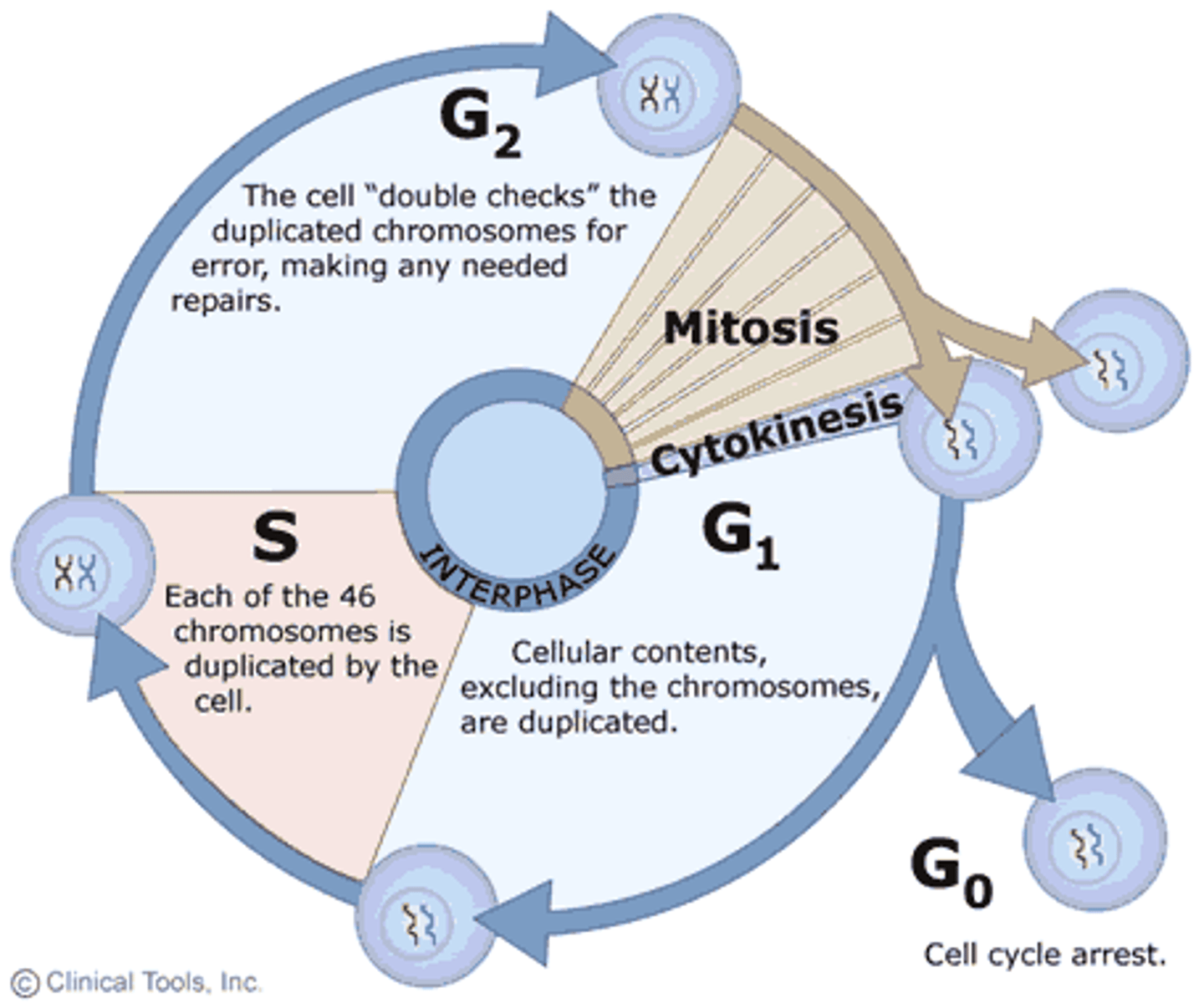
M phase
mitosis and cytokinesis
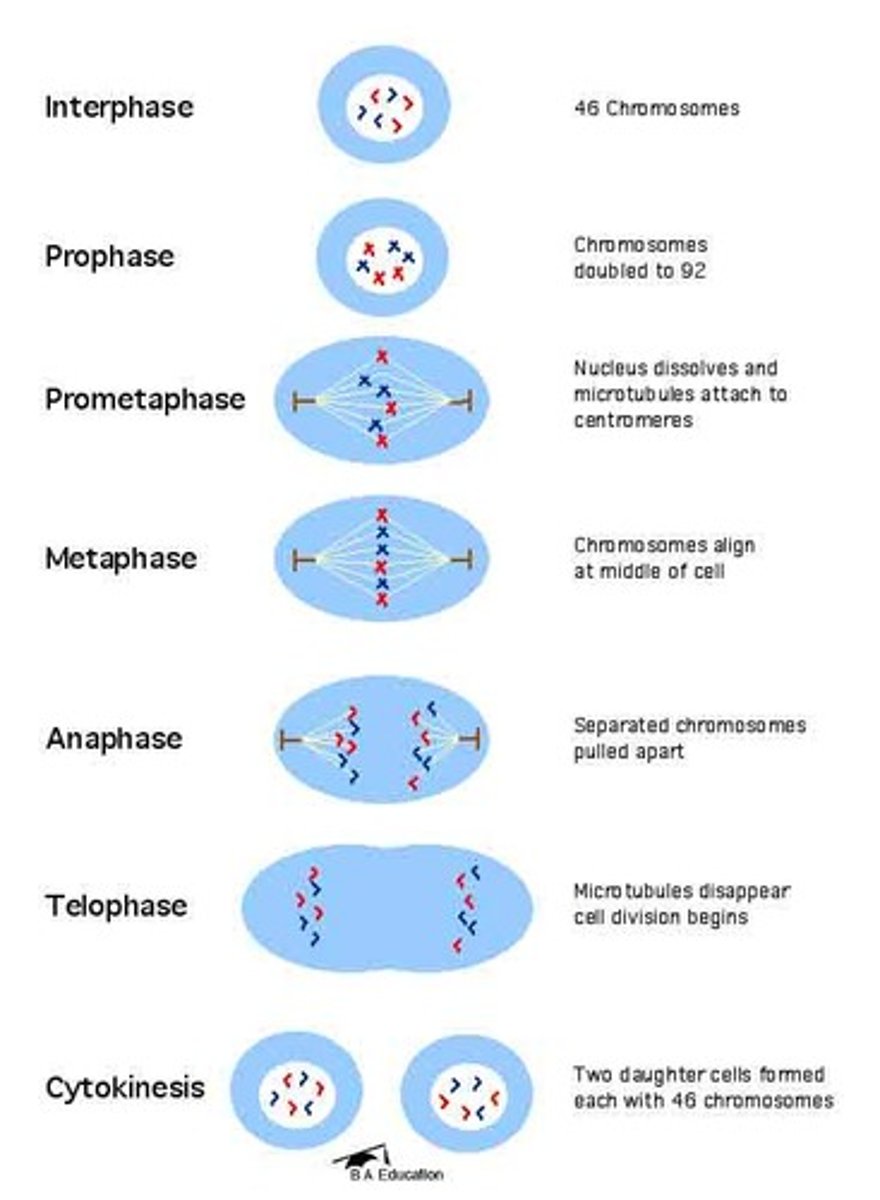
phases of mitosis in order
prophase, metaphase, anaphase, telophase, cytokinesis
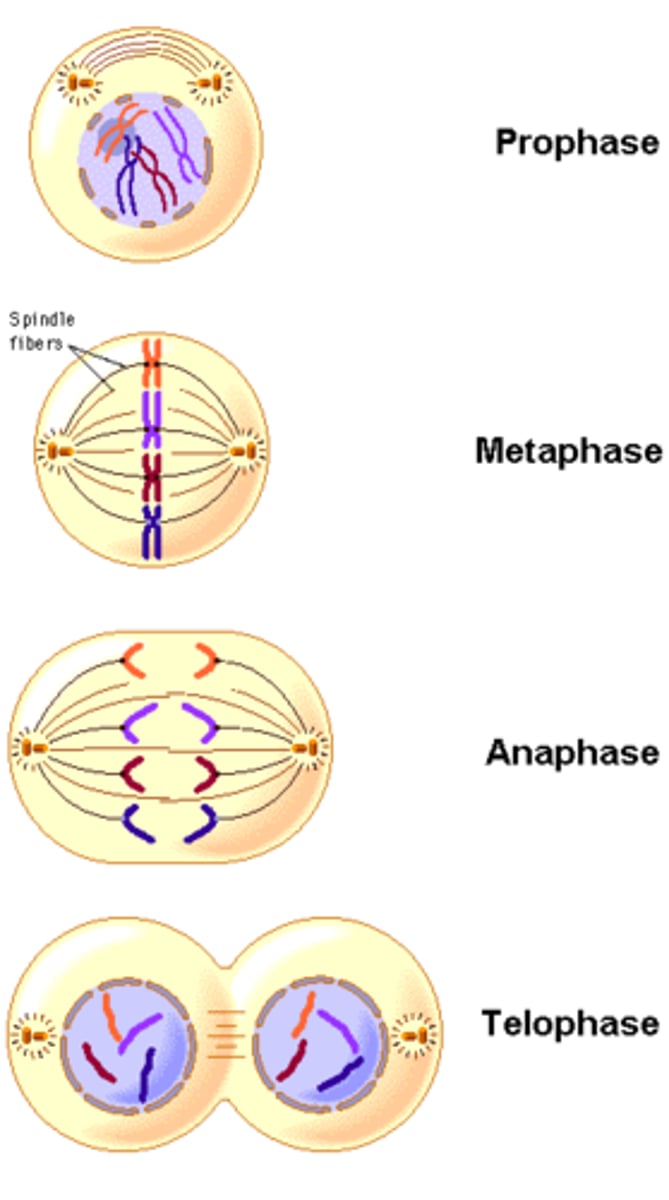
Cytokinesis
division of the cytoplasm to form two separate daughter cells
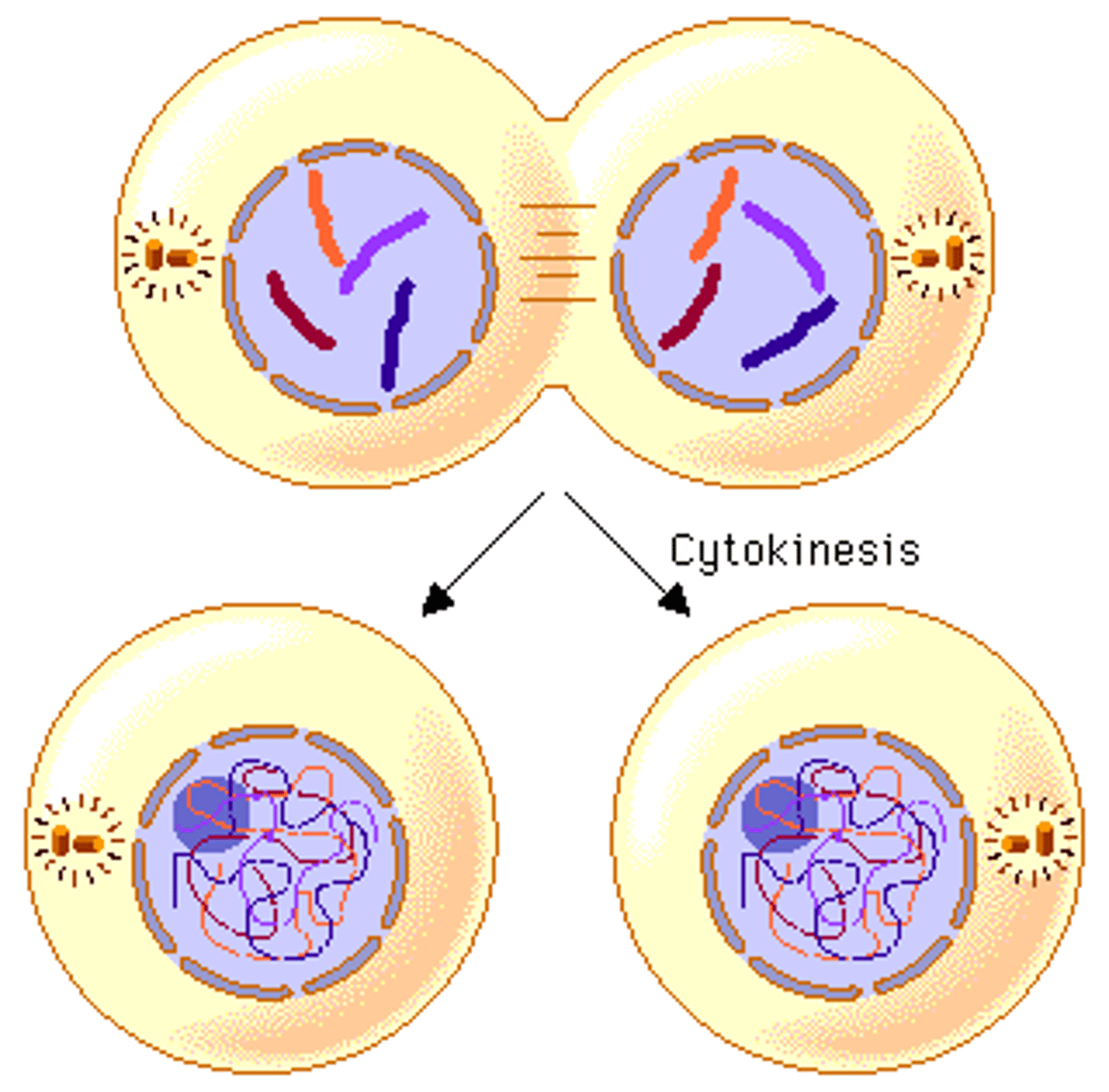
cytokinesis in plant cells
divide from inside out using a cell plate in middle of cell
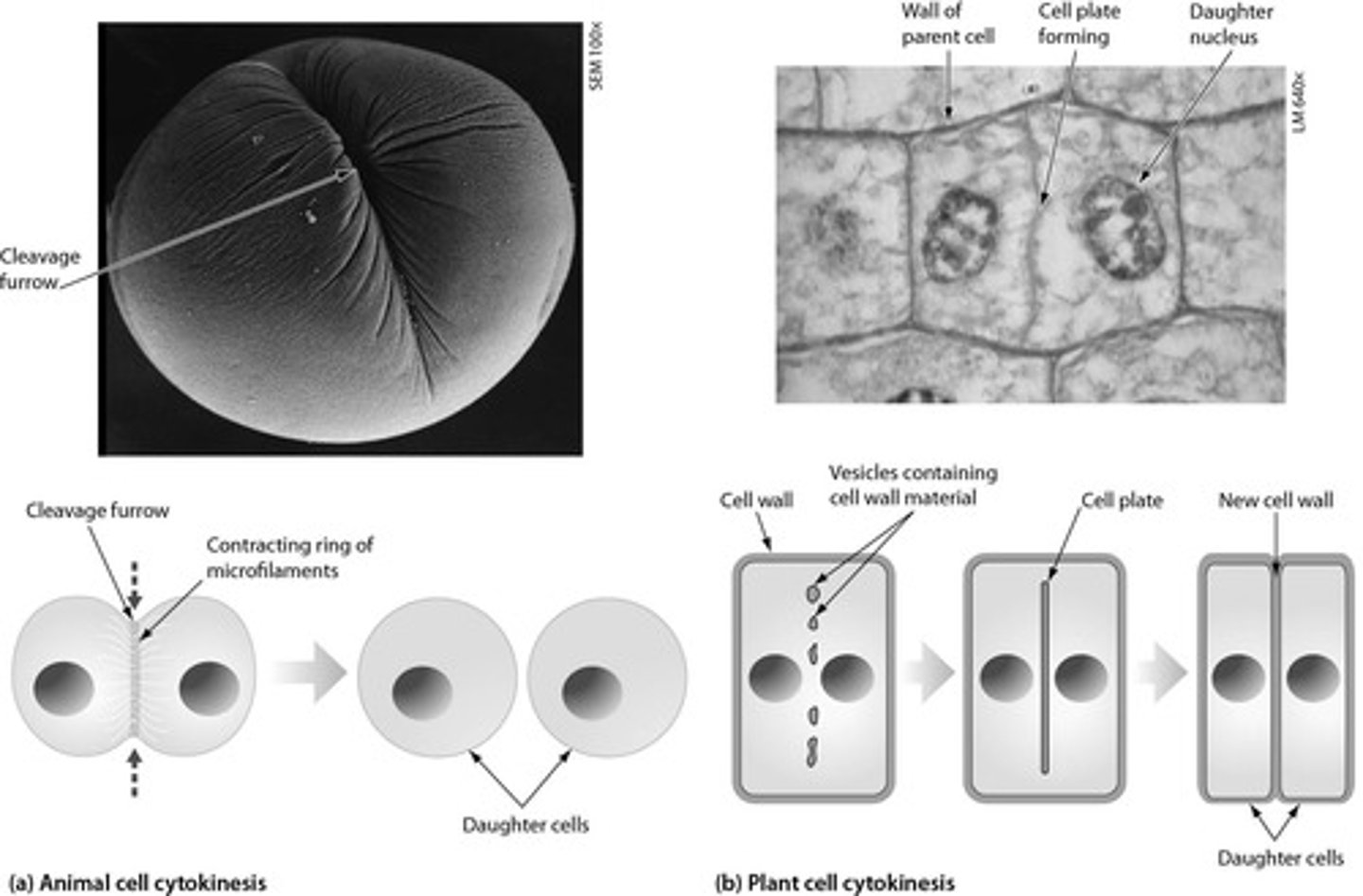
Cytokinesis in animal cells
Cell membrane is drawn inward until the cytoplasm is pinched into two nearly equal parts. cleavage furrow forms before division
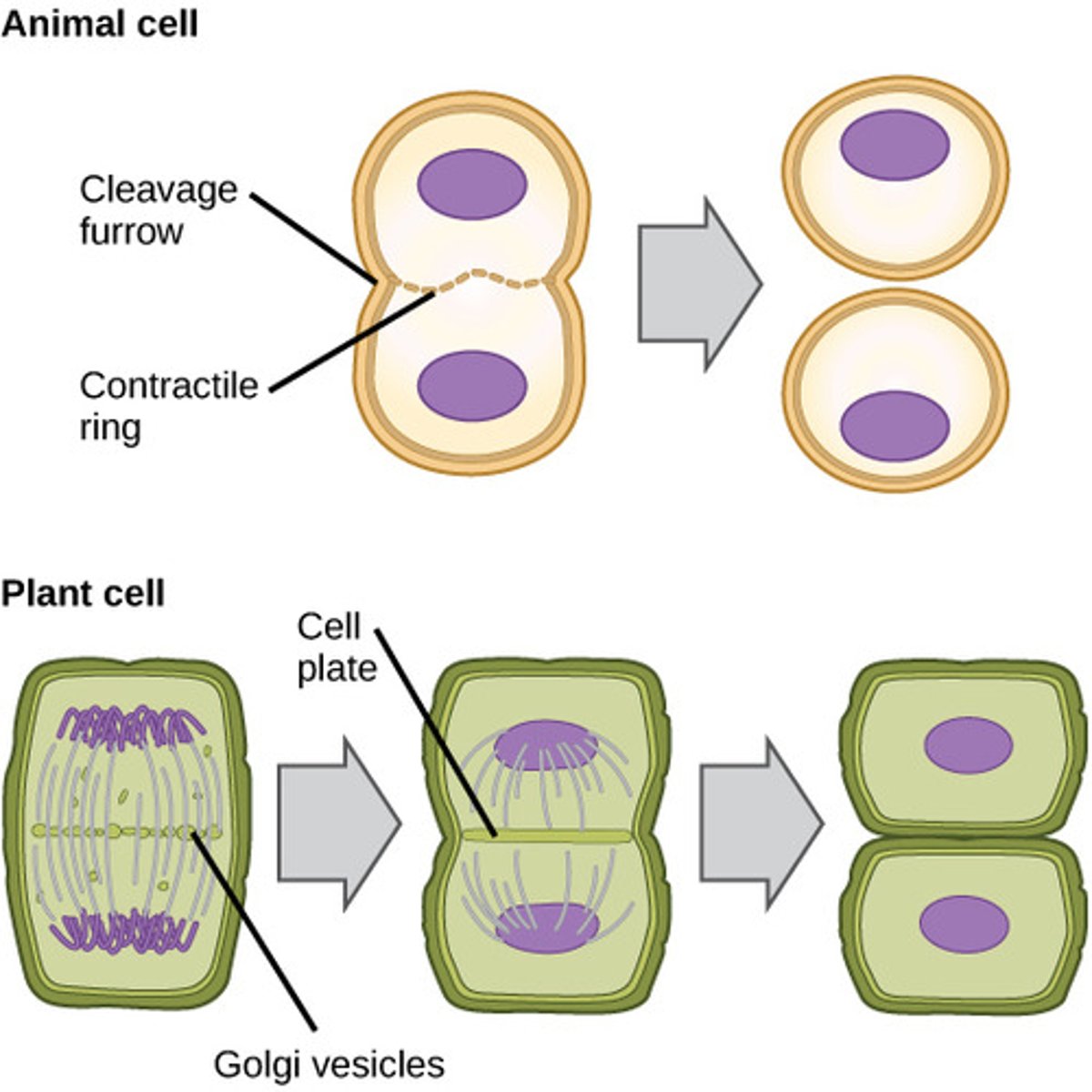
metaphase plate
Plane midway between the two poles of the cell where chromosomes line up during metaphase.
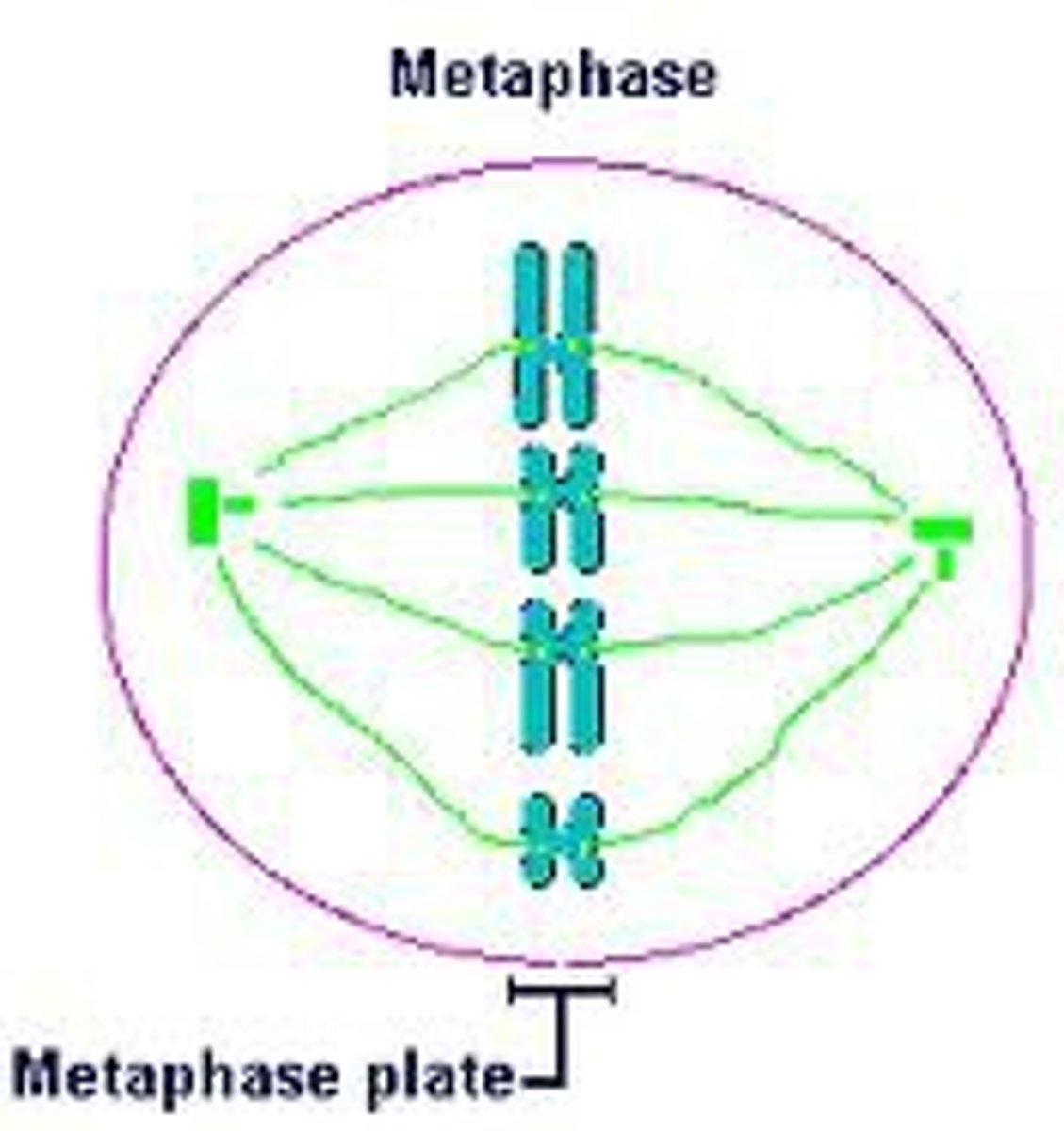
Anaphase (Mitosis)
cell elongates and sister chromatids are pulled apart toward the poles
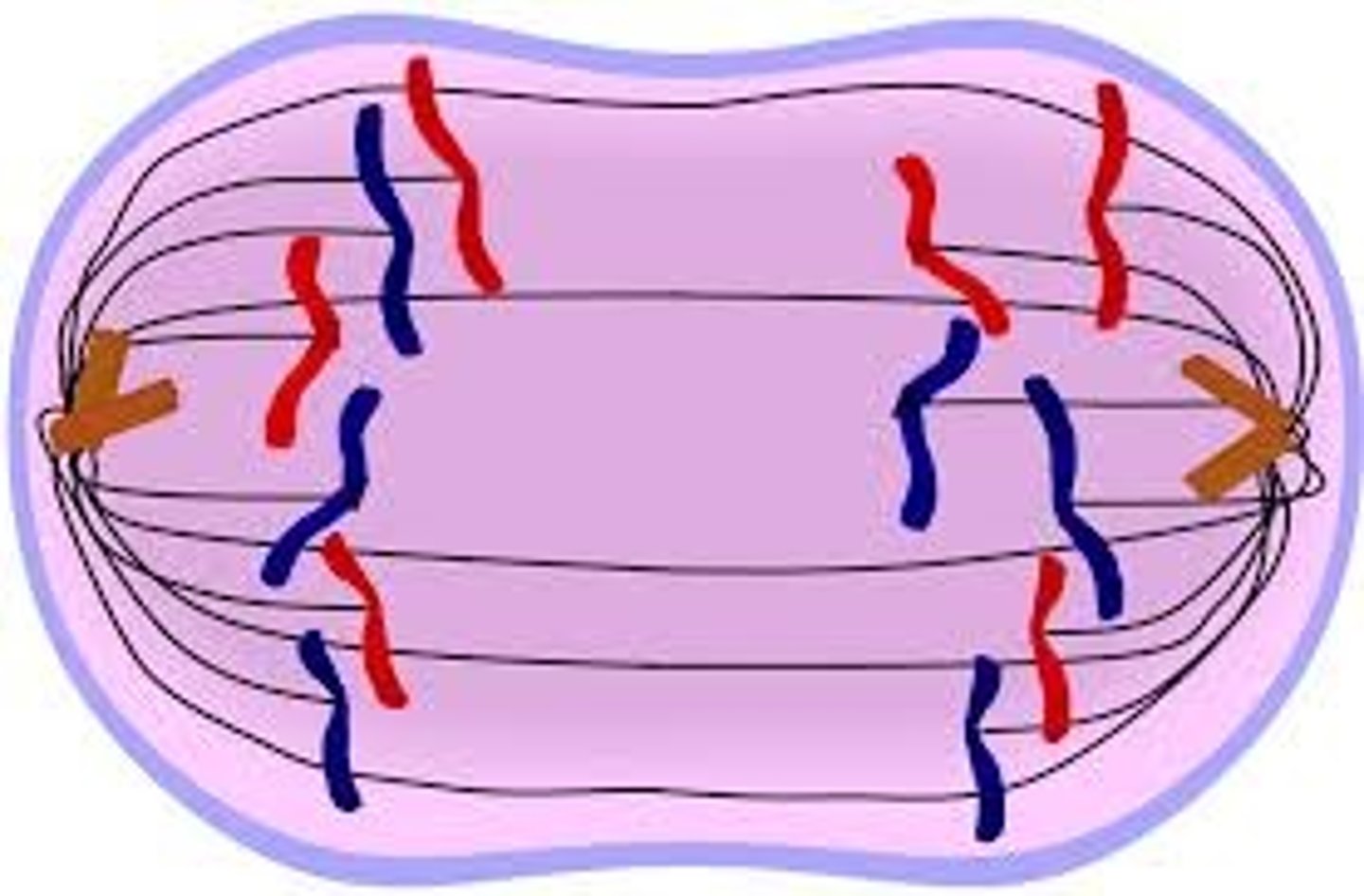
Telophase (mitosis)
the nuclei for the newly split cells form, the nucleoli reappear, and the chromatin uncoil
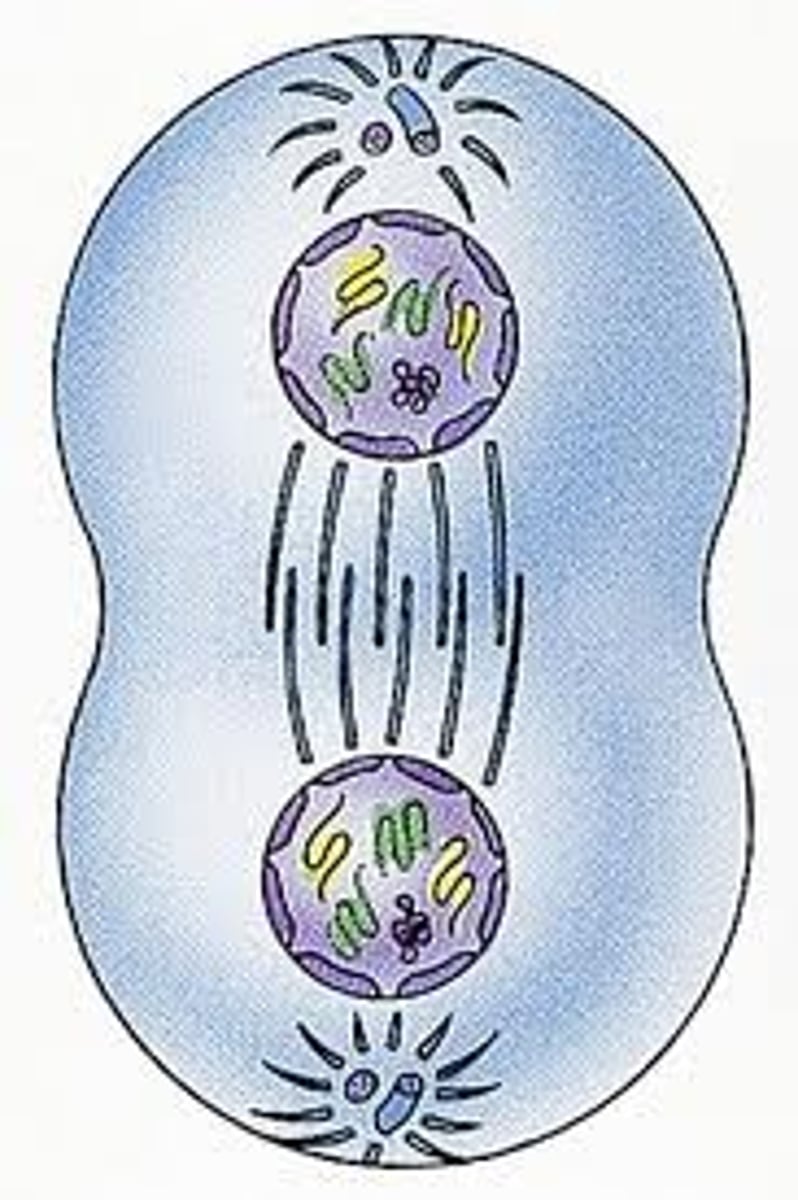
Meiosis
Cell division that produces reproductive cells in sexually reproducing organisms
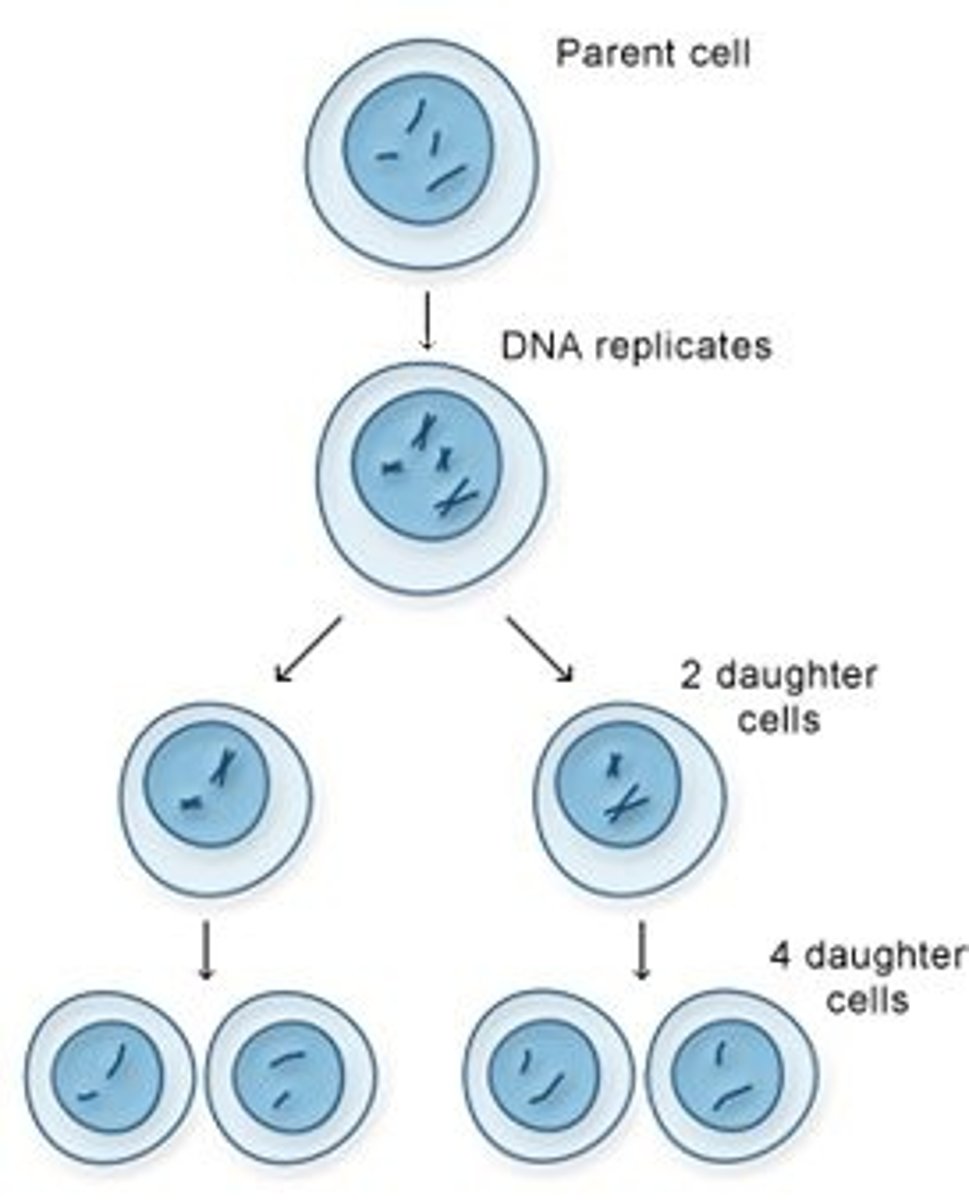
haploid cell
A cell containing only one set of chromosomes (n).
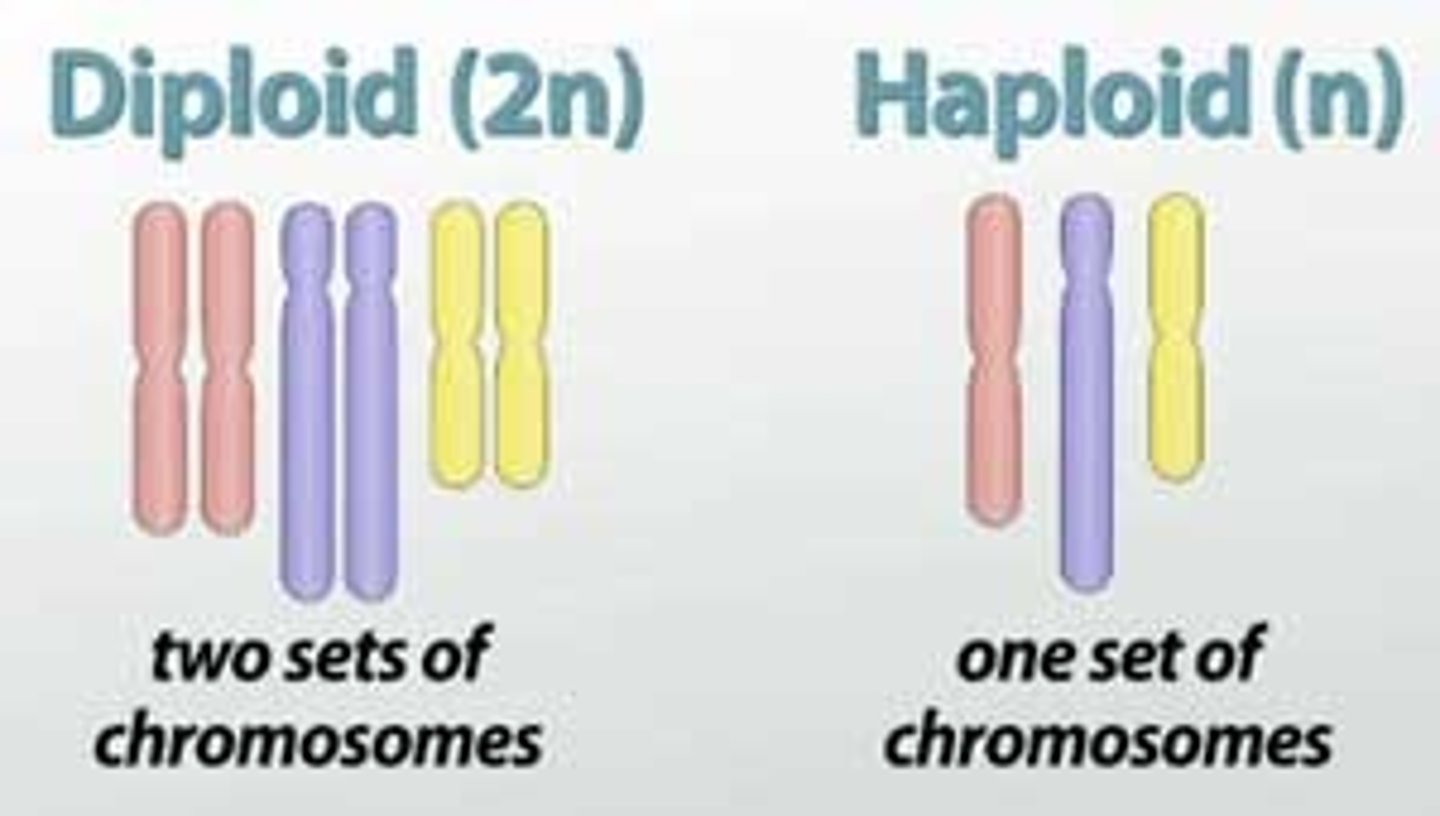
diploid cell
A cell containing two sets of chromosomes (2n), one set inherited from each parent.
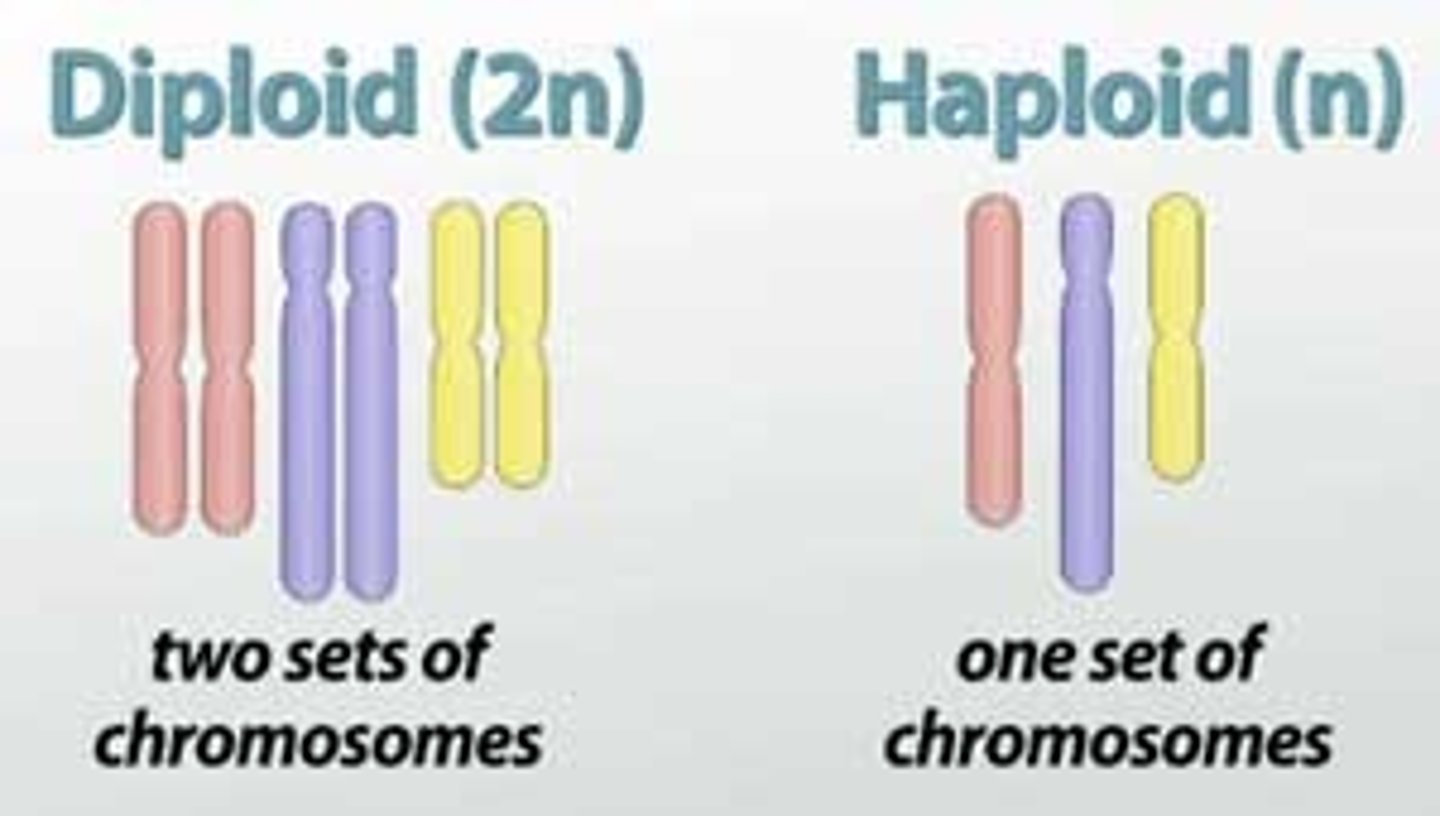
Karyotype
A display of the chromosome pairs of a cell arranged by size and shape.
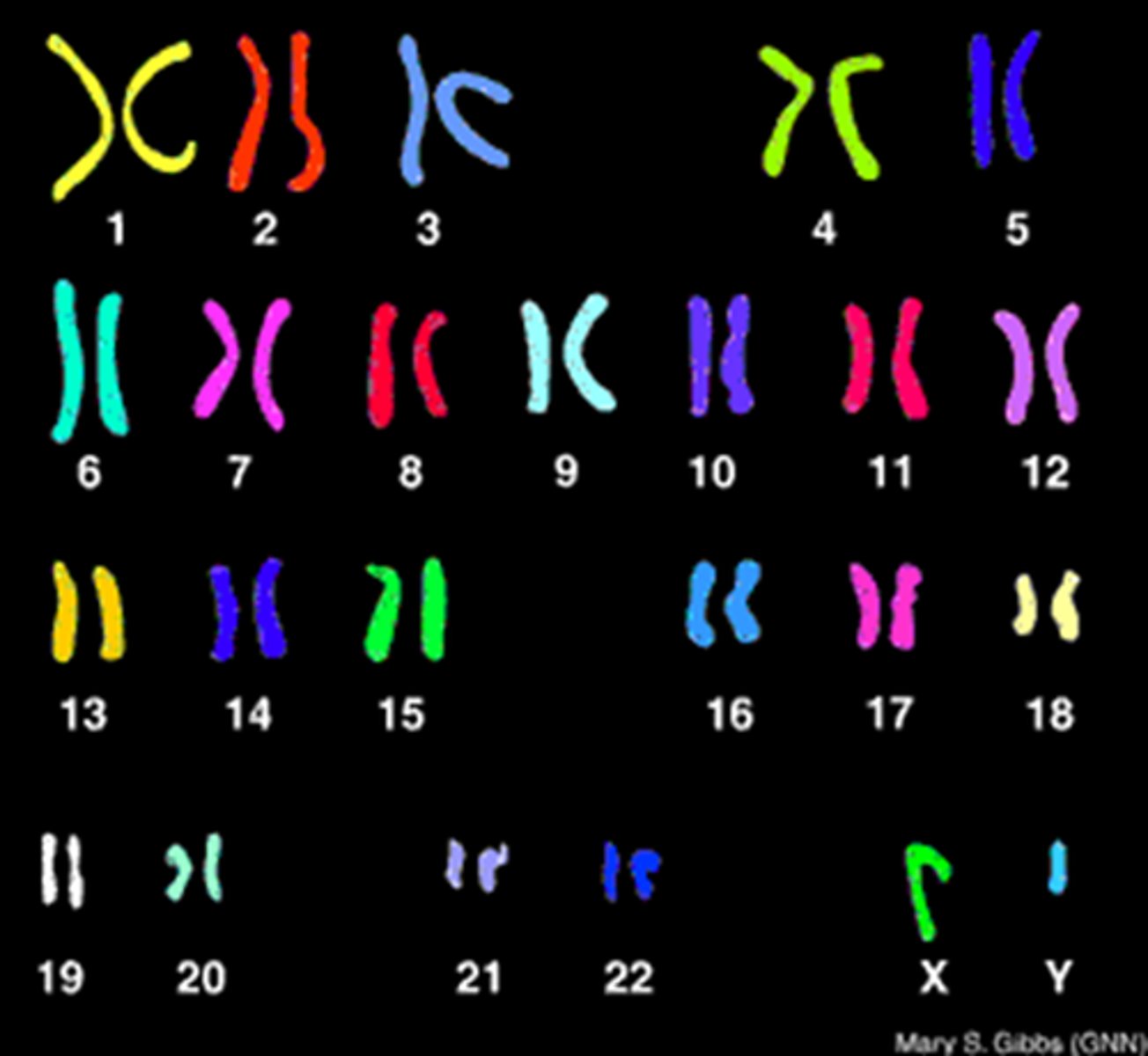
Non-Disjunction Disorders
the cell division that leads to the production of gametes goes awry; gametes with too many or too few chromosomes are produced. failure to separate in meiosis idt is the failure of homogous pairs to separate during anaphase 1. or of sister chromatids to separate during anaphase 2(meiosis 2)
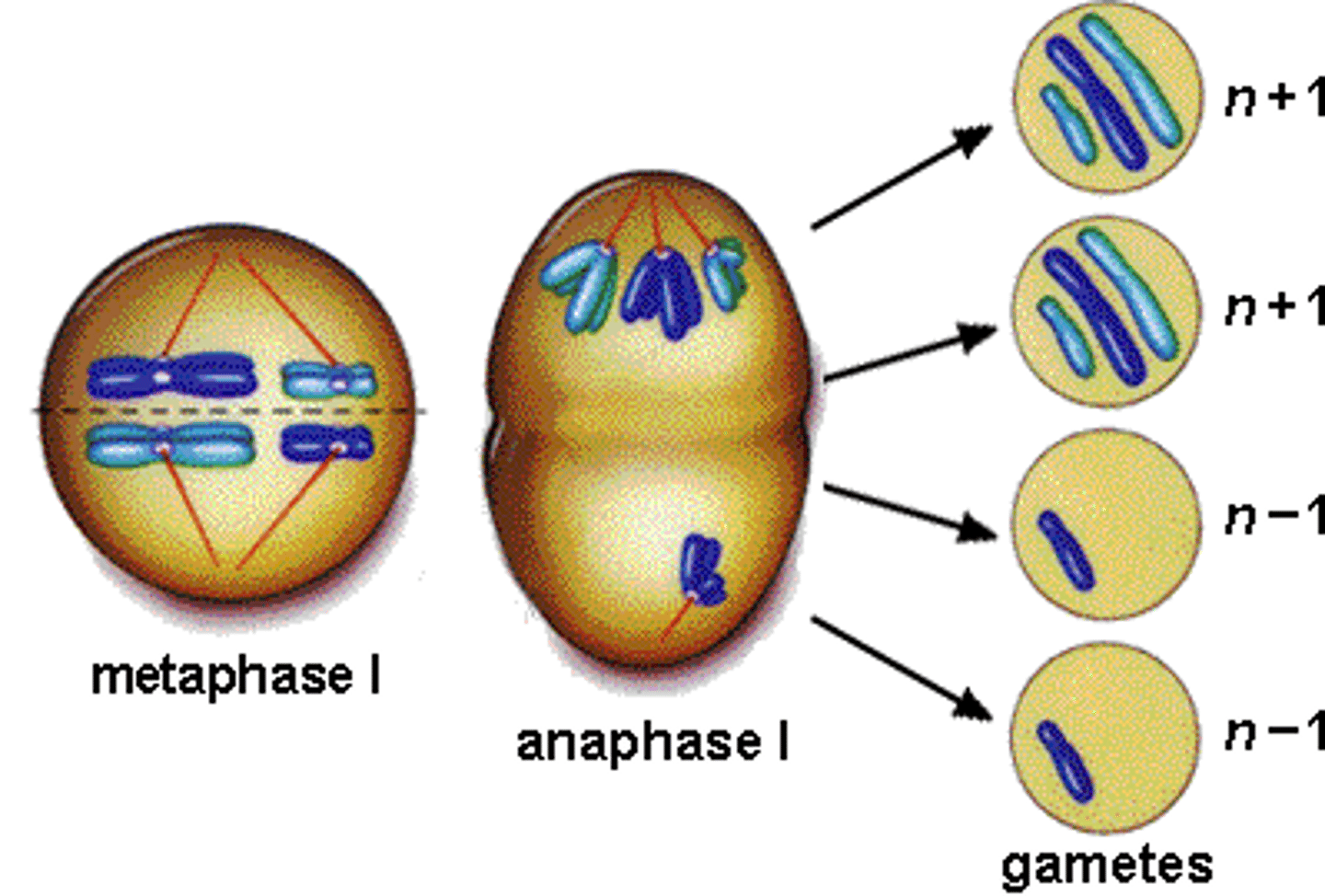
Telomere
repeating nucleotide at the ends of DNA molecules that do not form genes and help prevent the loss of genes
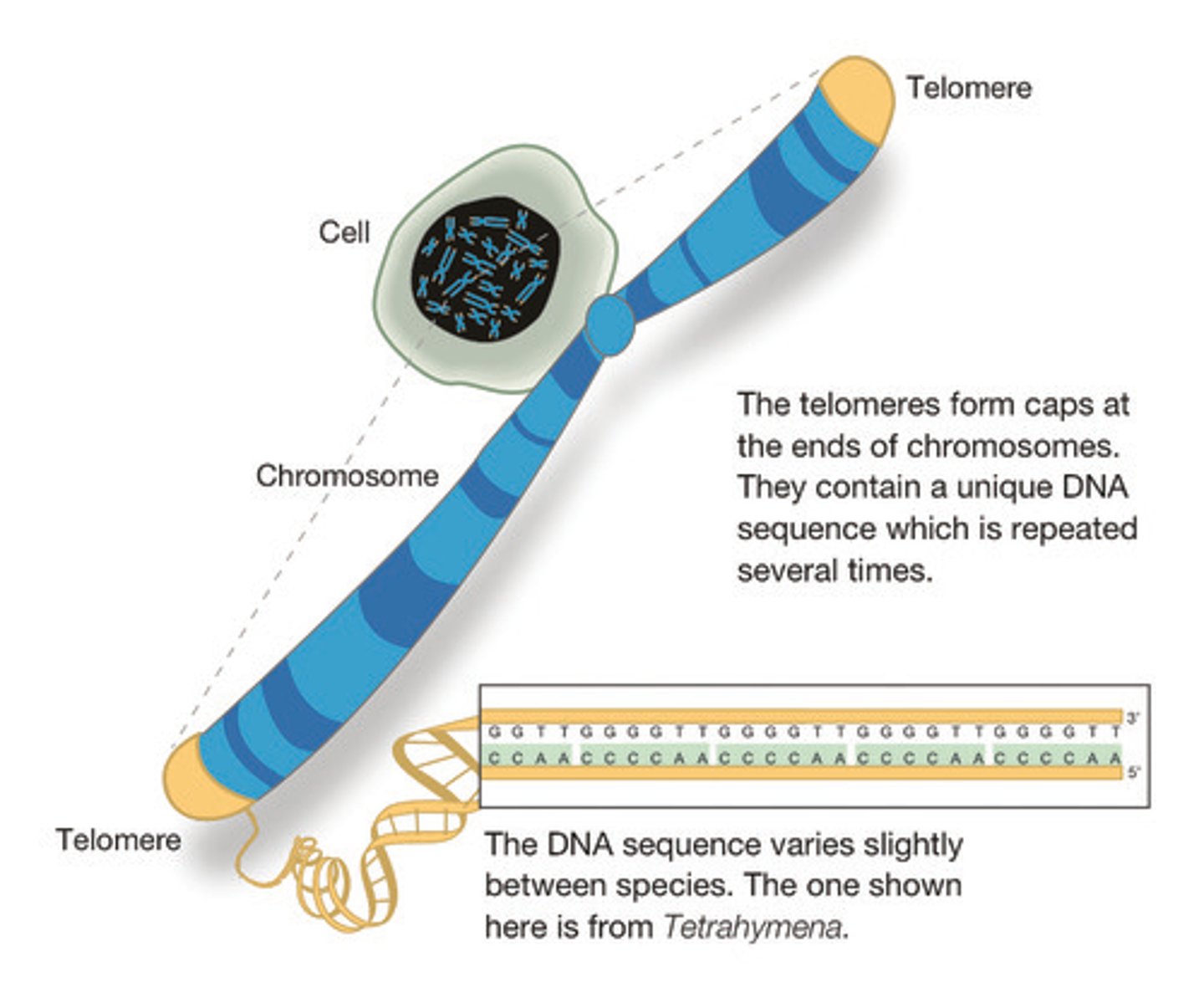
Karyotype
A display of the chromosome pairs of a cell arranged by size and shape.

Autosomes
Any chromosome that is not a sex chromosome
Sex chromosomes are:
XX- female
XY- male
Turner Syndrome
A chromosomal disorder in females in which either an X chromosome is missing, making the person XO instead of XX, or part of one X chromosome is deleted.
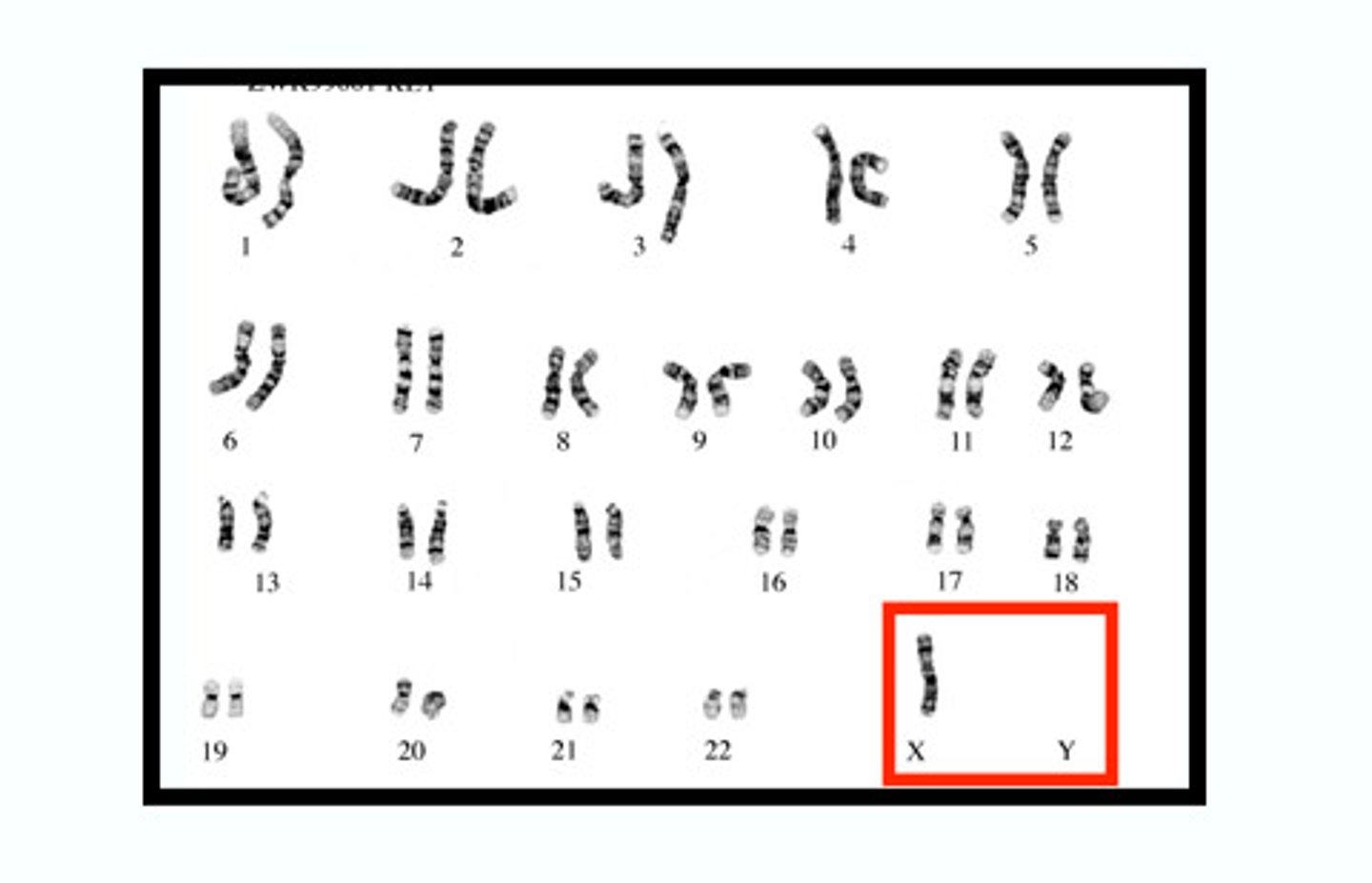
Telomeres
ends of chromosomes with protective caps consists of dna associated with proteins. might be involved with aging and cancer

sex chromosomes
Chromosomes that determine the sex of an individual
embryonic stem cells
embryonic cells, which can develop into any type of body cell
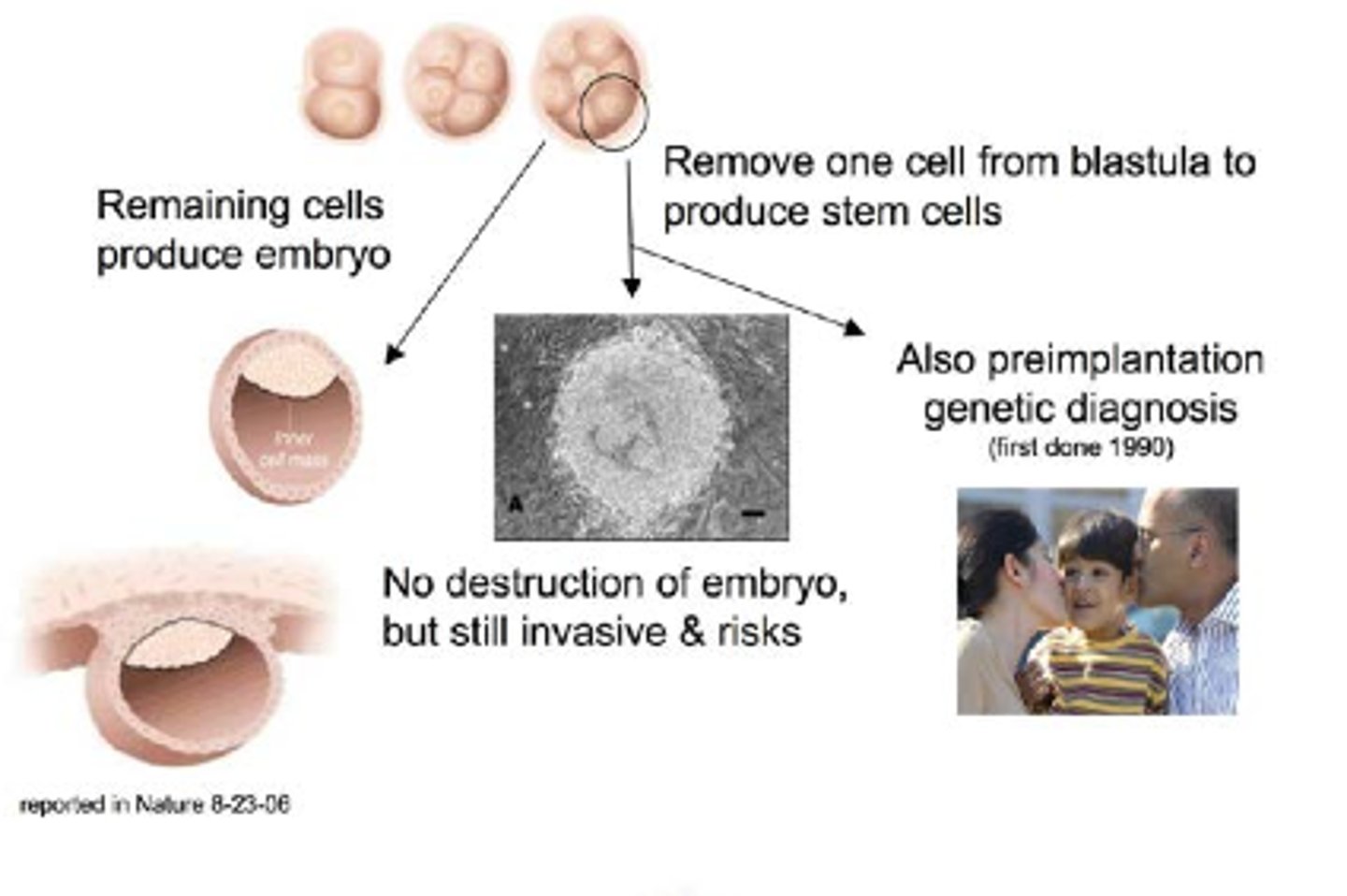
adult stem cells
undifferentiated cells found among differentiated cells in a tissue or organ
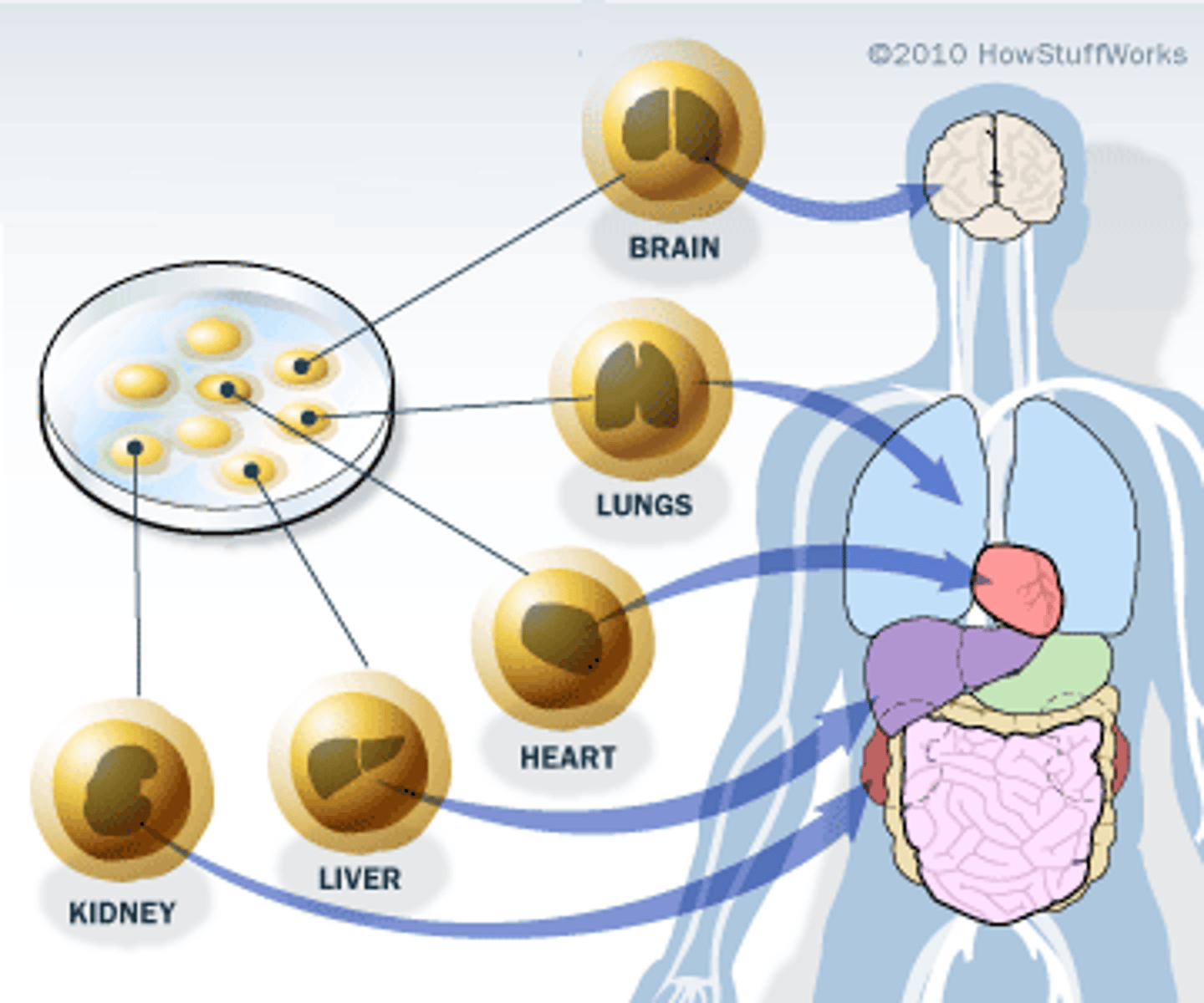
Cell Differentiation / Specialization
process of making cells "different" or "special" in function
For example: some cells are muscle cells, some are bone cells
**differential gene expression - genes turned "on" or "off"
